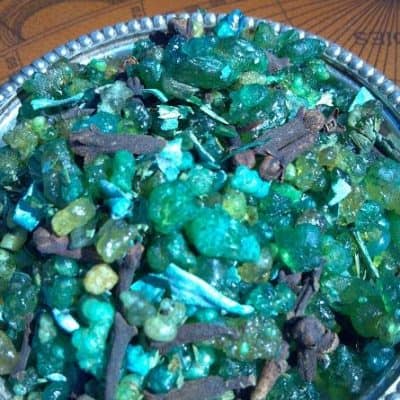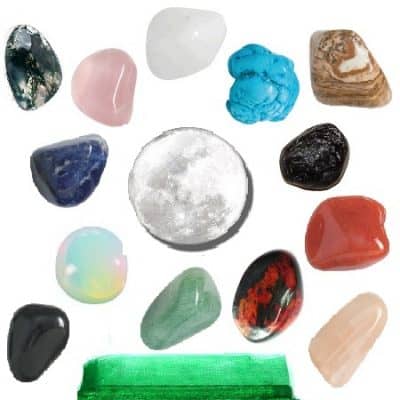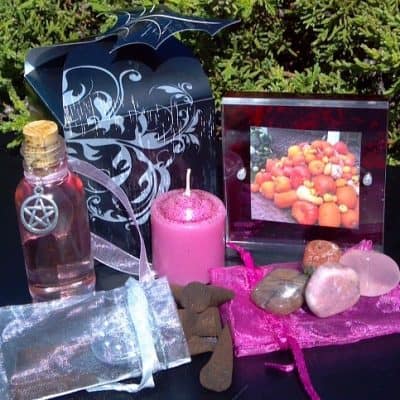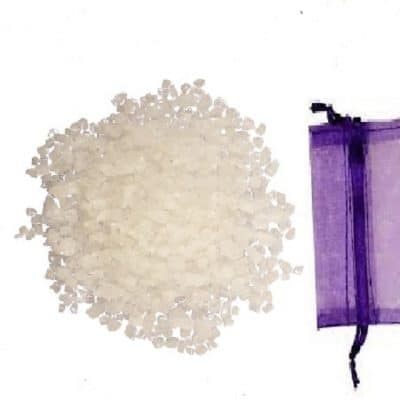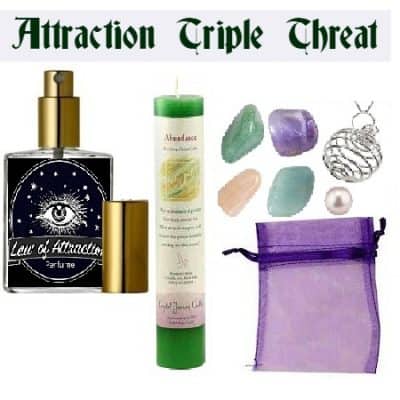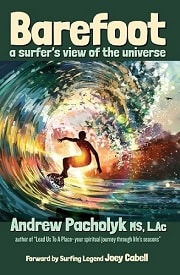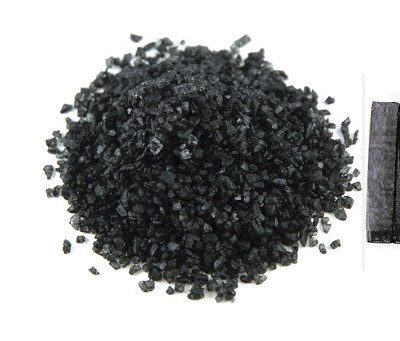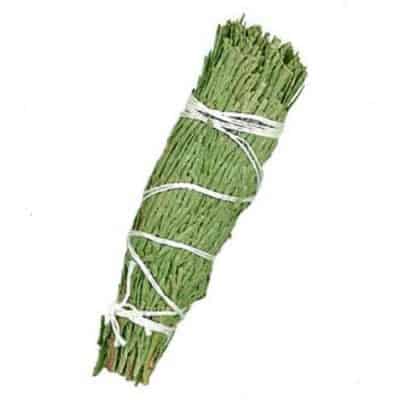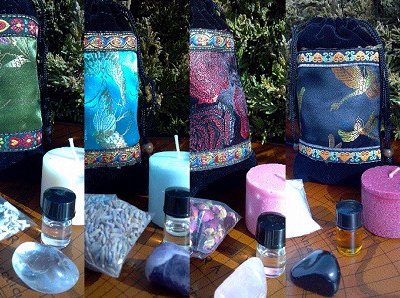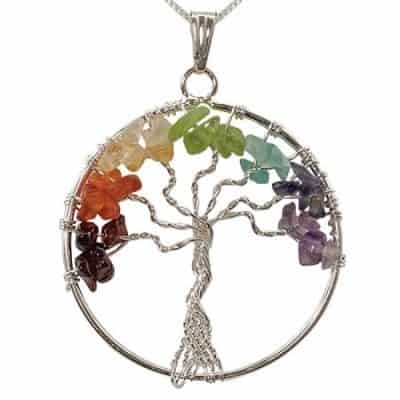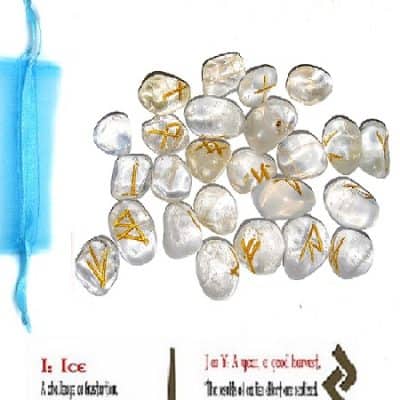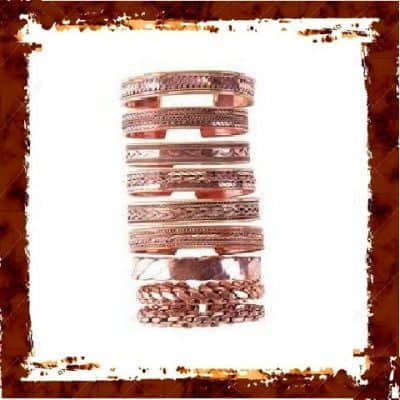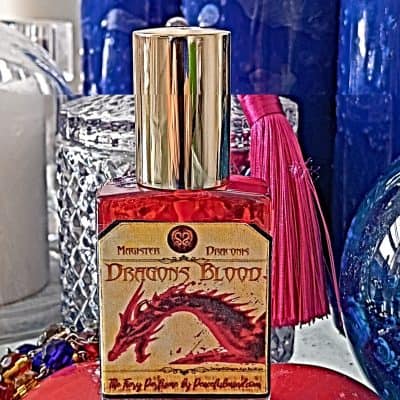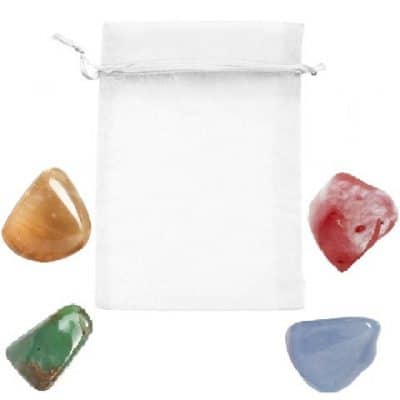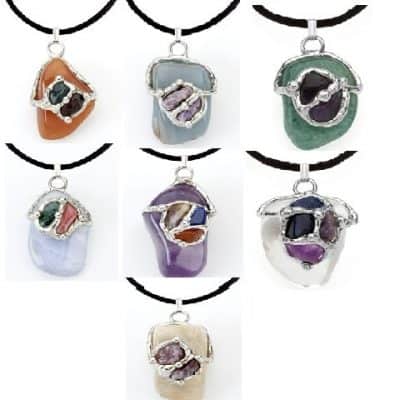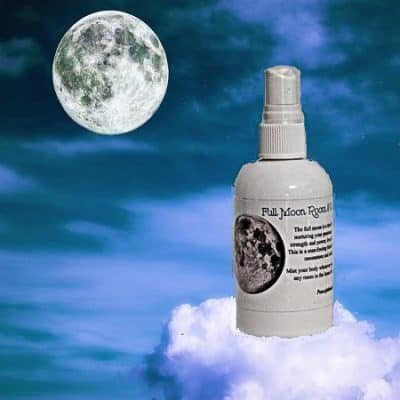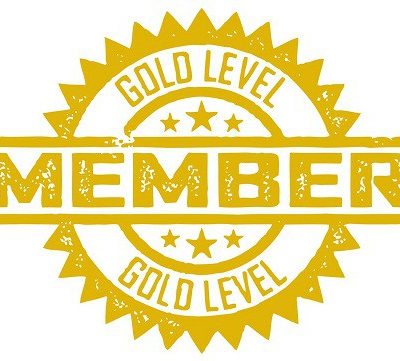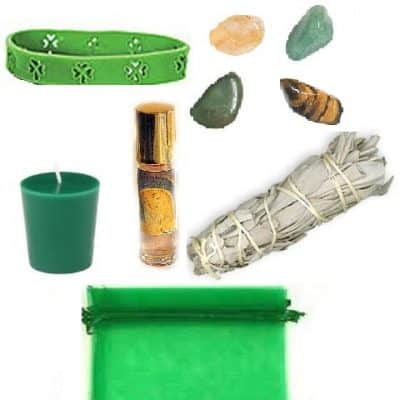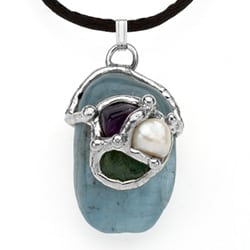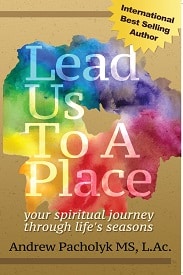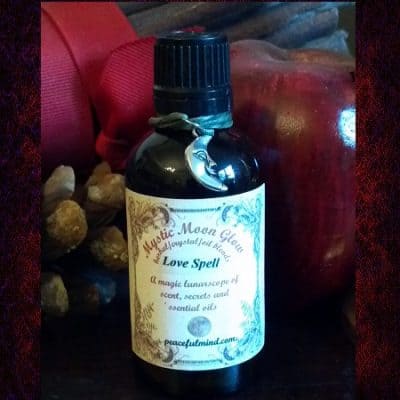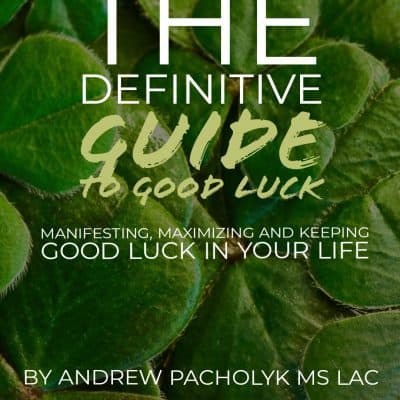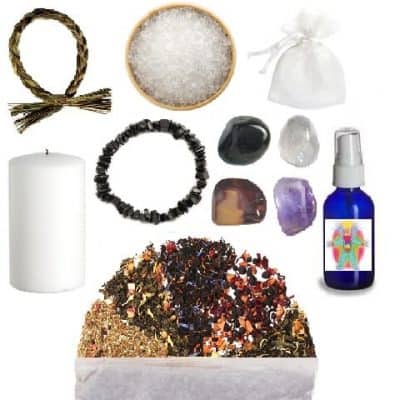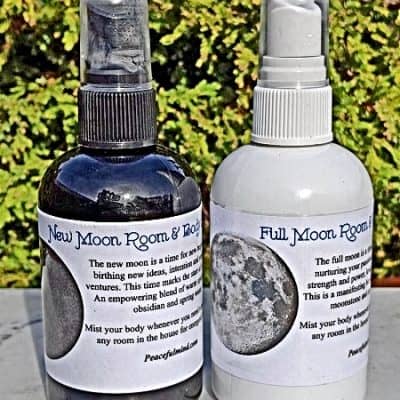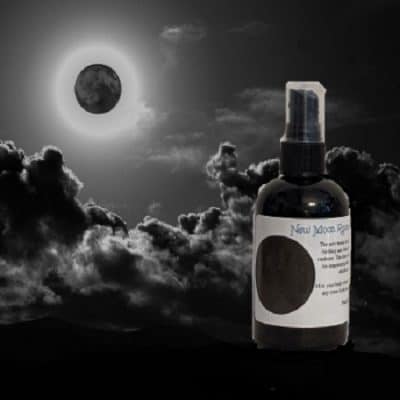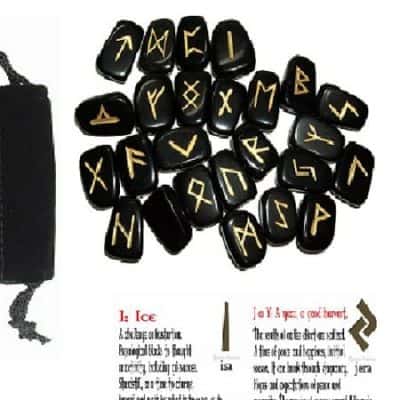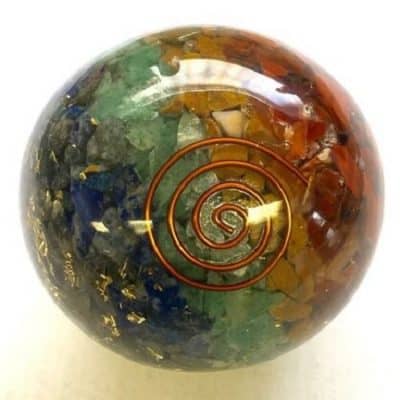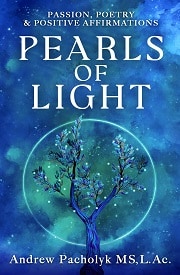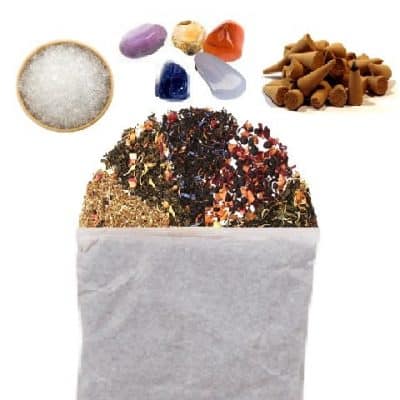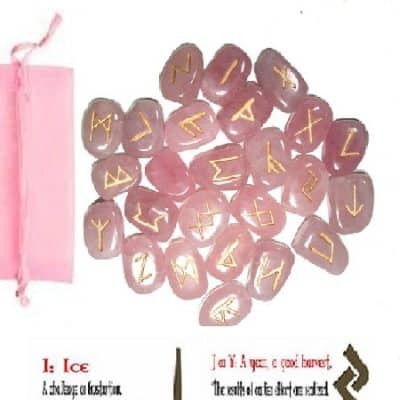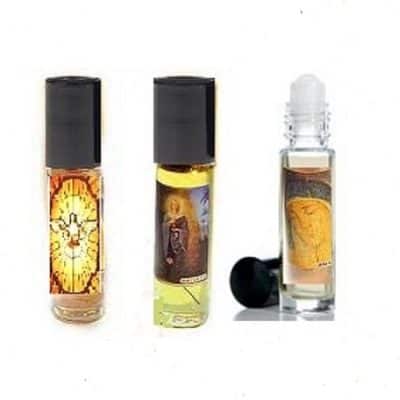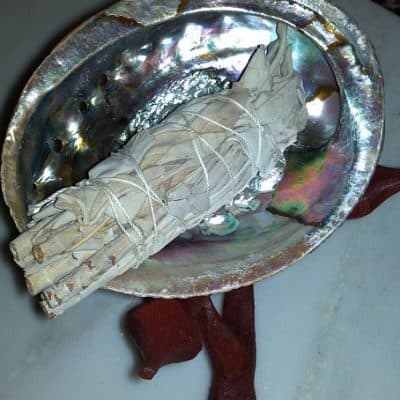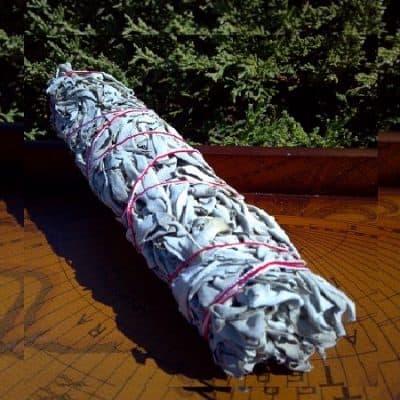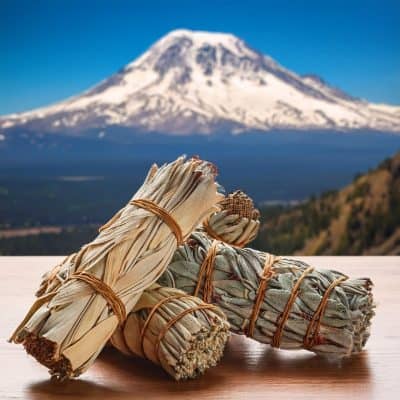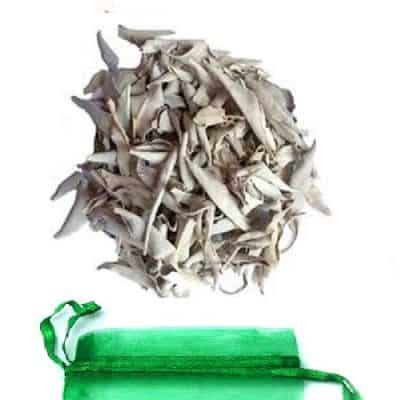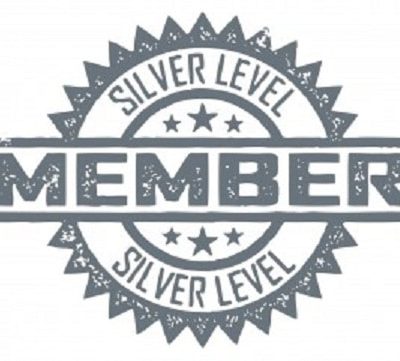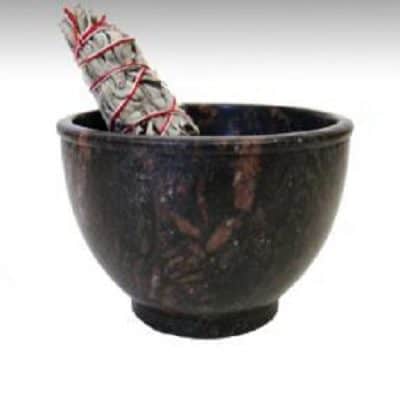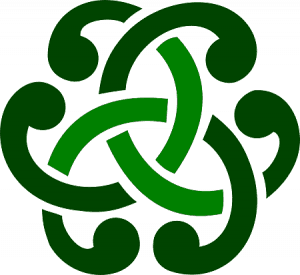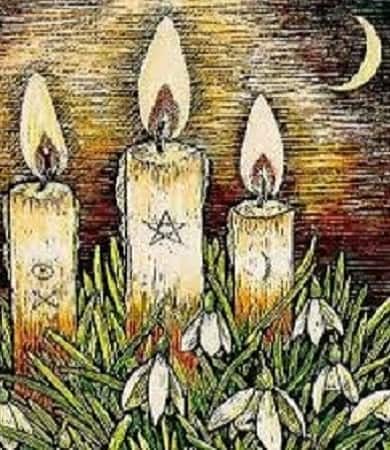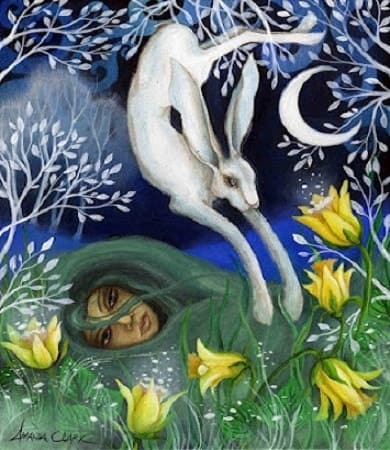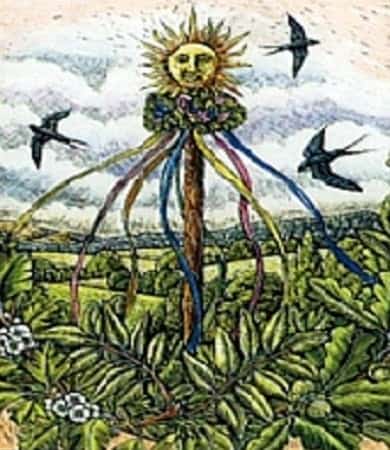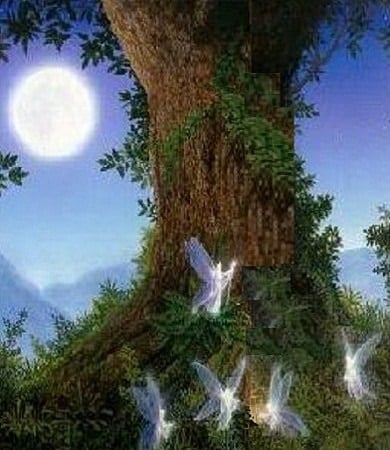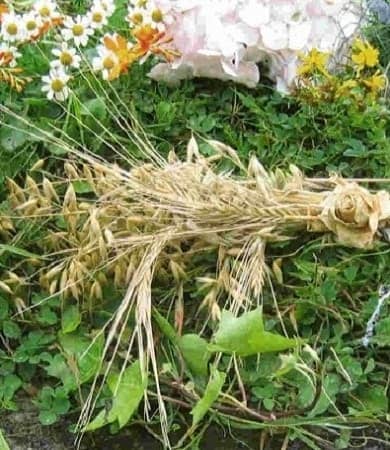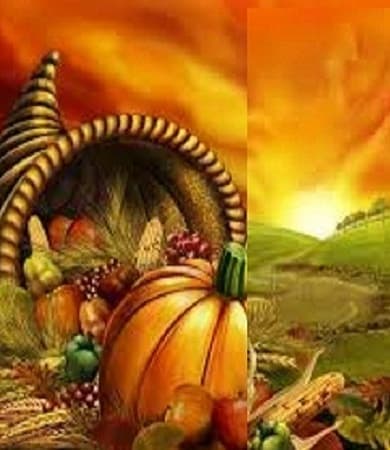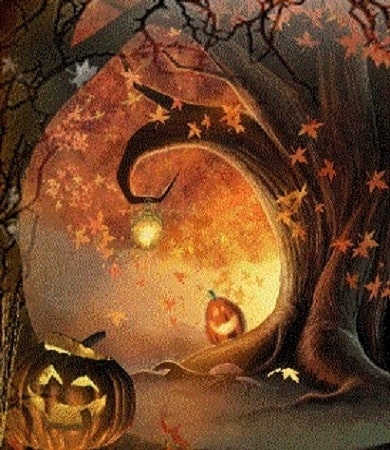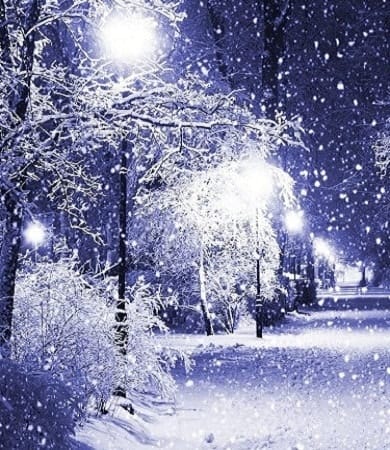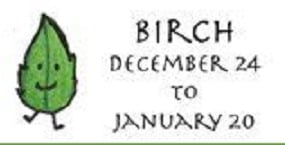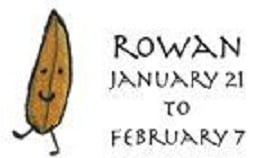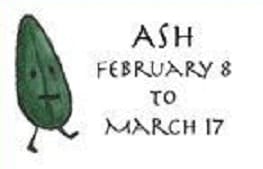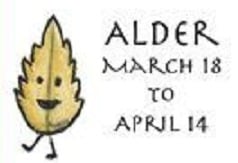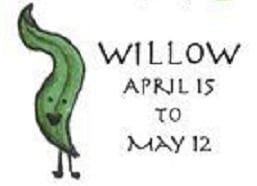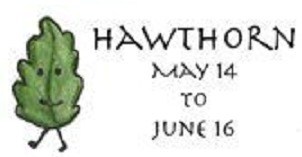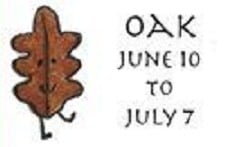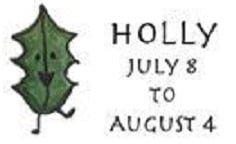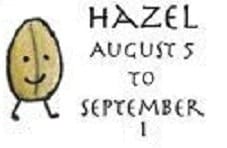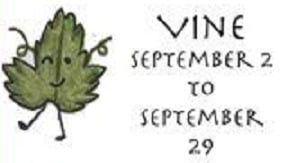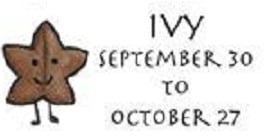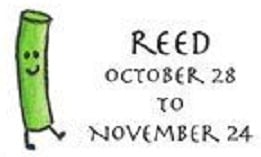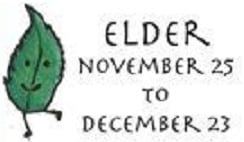Celtic Healing
~ Discover the elements of Celtic healing and the Celtic cycles of the year. Find Celtic astrology, stones, incense, mystical music and other Gaelic inspirations!
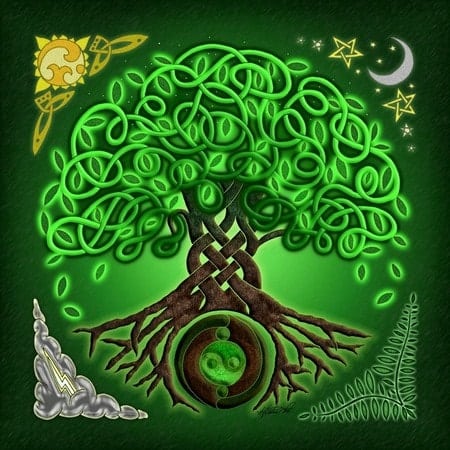
~Where Emerald Isles Lie
The Celts are often used to describe people of the Celtic tribes (Galicia, Cornwell, Brittany, Scotland, Wales, Northern Spain, Bay of Biscay, Normandy, England) and their respective cultures and languages. The descendants of Middle Stone Age hunters, gatherers and fisherman, these polytheism people’s history is fragmented due largely to the fact that they often did not write anything down.
What we do know about the Celts is often taken from the literature recorded by early Christians, the Greeks and Romans and archaeological evidence. We also know that they found elements in healing primarily through the bounty of nature, the sacred honoring of places and objects and respect for their gods and goddesses.
I have attempted to honor the healing aspects of this fascinating culture, by tying together several themes we can relate to and find value in today. The process of claiming and adopting styles, religious beliefs and rituals has been repeated over and over again throughout time. Like the cultures before them and every culture after, The Celts have evolved over centuries with a history and folklore rich in myth, mystery and magic!
Celtic Gifts
-
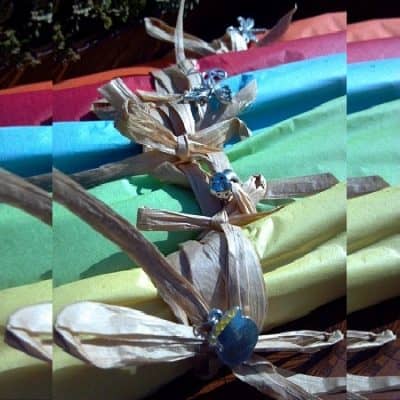
“Celtic Offerings” Incense
$ 11.95 -
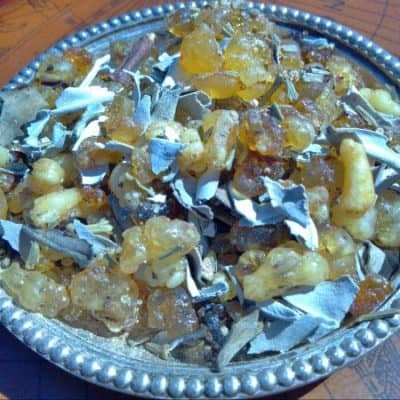
“Manifest A Miracle” Resin Incense
$ 6.95 -
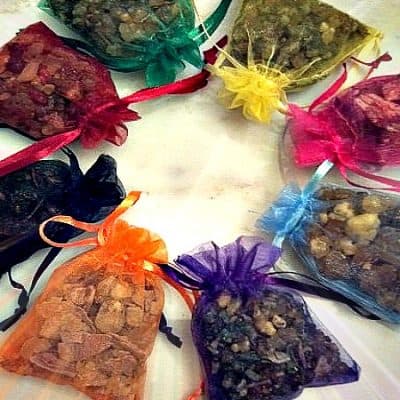
“Wheel of the Year” Resin Incense
$ 4.95 -
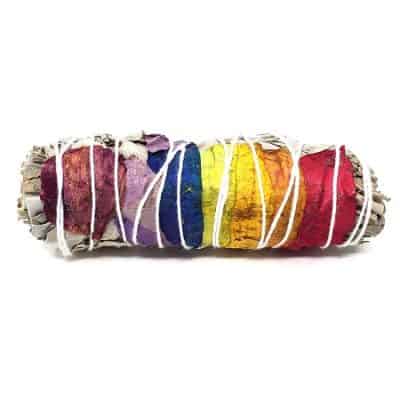
7 Chakra Sage Smudge Stick
$ 6.95 -
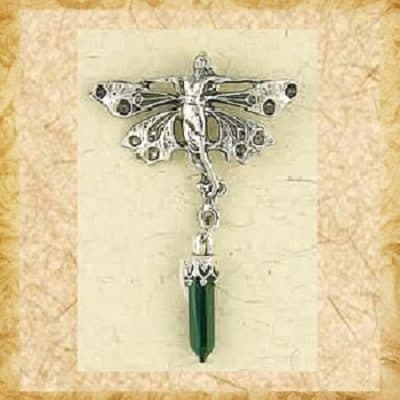
Absinthe Green Fairy Pendant
$ 28.00 -
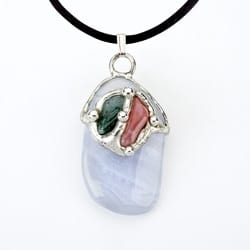
Air Element Drop Necklace
$ 34.95 -
Sale!
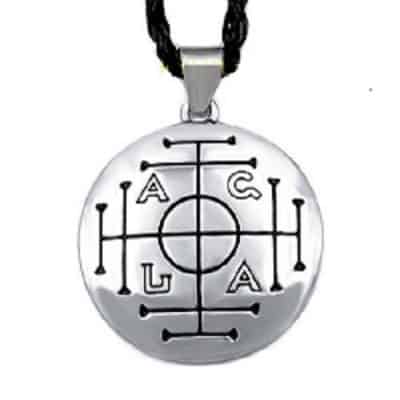
Ancient Money Talisman
Original price was: $ 21.95.$ 17.77Current price is: $ 17.77. -
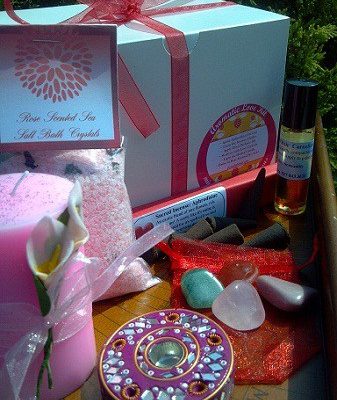
Beltane Love Kit
$ 39.95 -
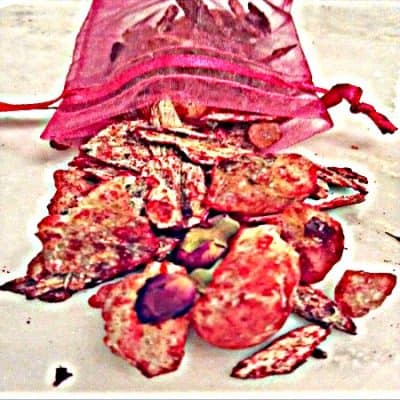
Beltane Resin Incense
$ 4.95 -
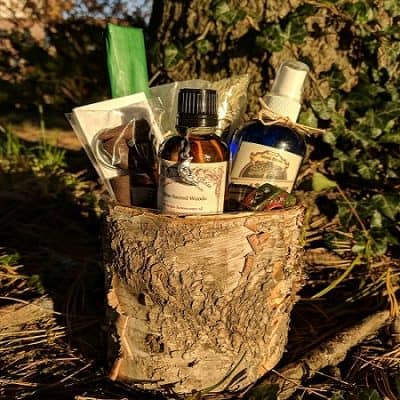
Birch Gift Basket
$ 34.95 -
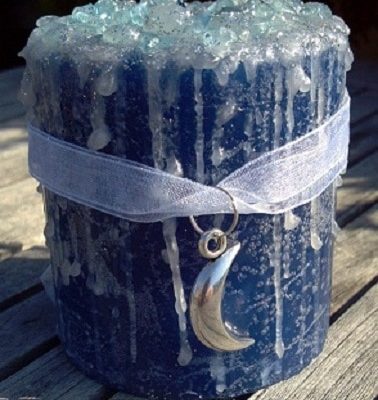
Blue Moon Candle
$ 19.95 -
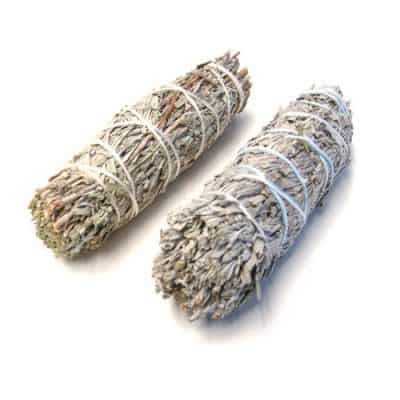
Blue Sage Smudge Stick
$ 6.95 -
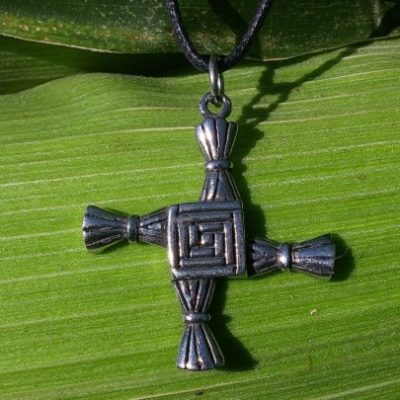
Brigid’s Cross Pendant
$ 21.95 -
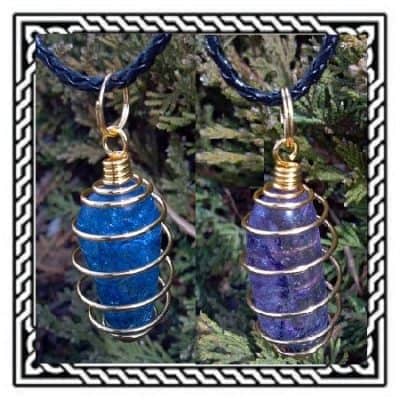
Caged Fairy Pendant
$ 24.95 -
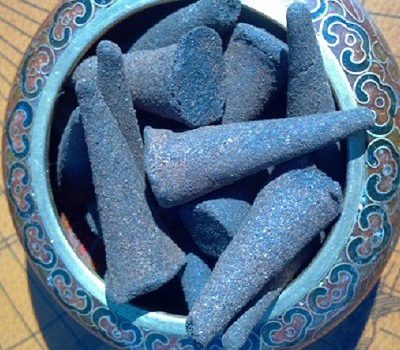
Cedarwood Incense Cones
$ 4.95 -
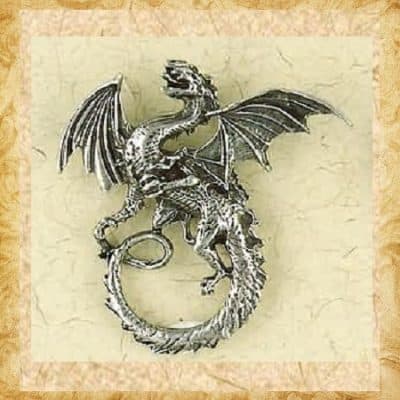
Celtic Fire Dragon Pendant
$ 29.95 -
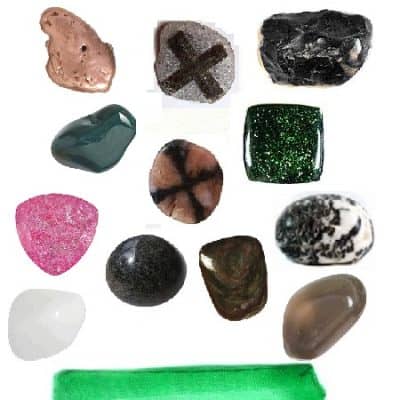
Celtic Healing Crystal Collection
$ 49.95 -
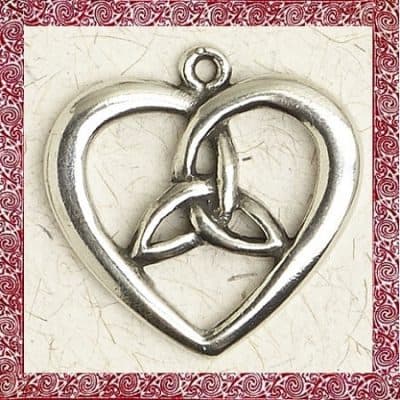
Celtic Serenity Heart Pendant
$ 21.95 -
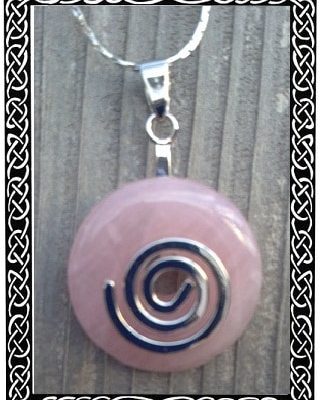
Celtic Stone Spiral Pendant
$ 14.95 -
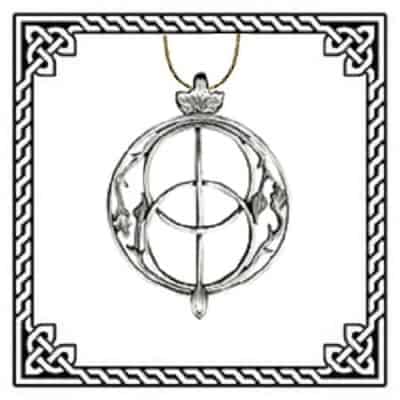
Chalice Well Pendant
$ 24.95 -
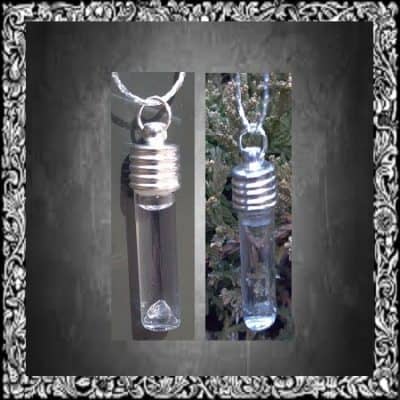
Chalice Well Water Pendant & Herkimer Diamond
$ 39.95 -
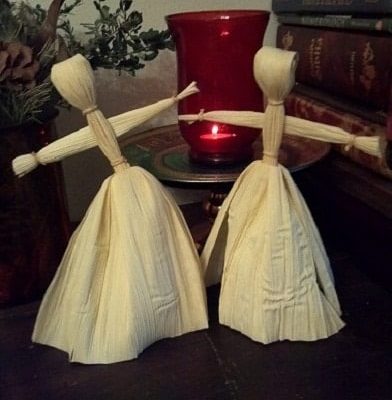
Corn Dollies
$ 12.95 -
Sale!
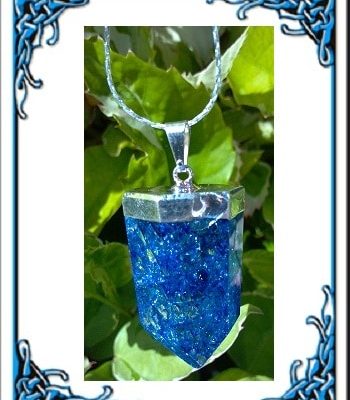
Crackle Quartz Fairy Pendants
Original price was: $ 19.95.$ 14.95Current price is: $ 14.95. -

Crystal Cleanse Kit
$ 19.95 -
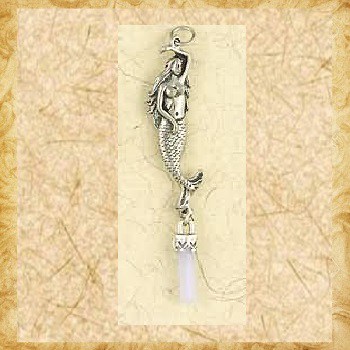
Crystal Mermaid Pendant
$ 21.95 -
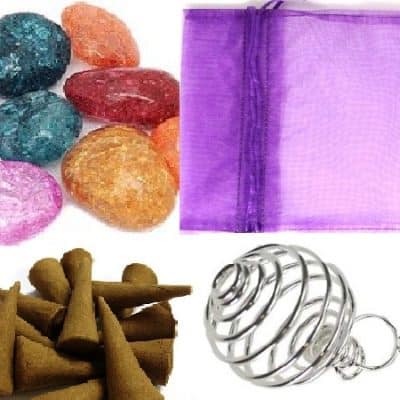
Daily Celtic Fairy Gem Bag
$ 21.95 -
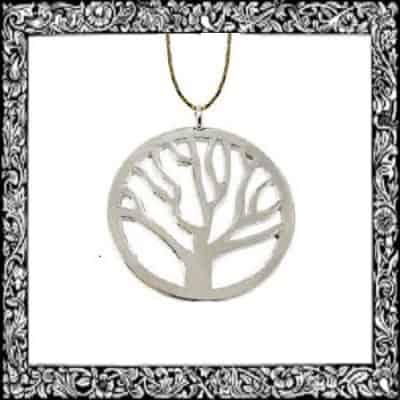
Divine Tree Pendant
$ 12.95 -
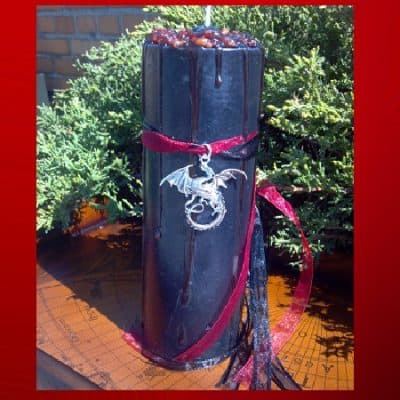
Dragon Candle Magic
$ 24.95 -
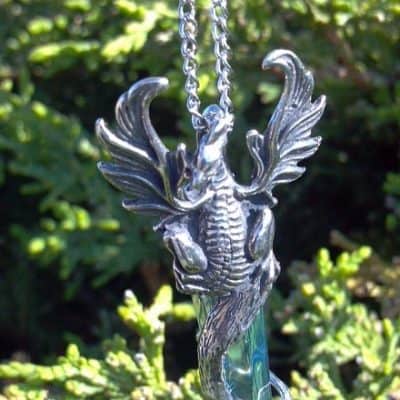
Dragon Protector Pendant
$ 24.95 -
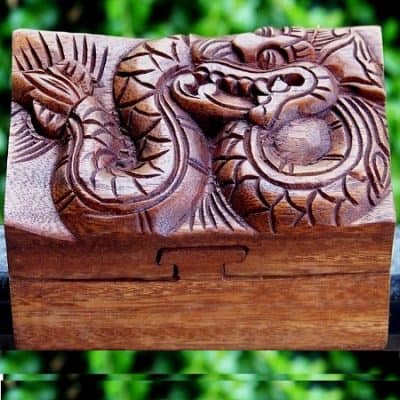
Dragon Puzzle Box
$ 21.95 -
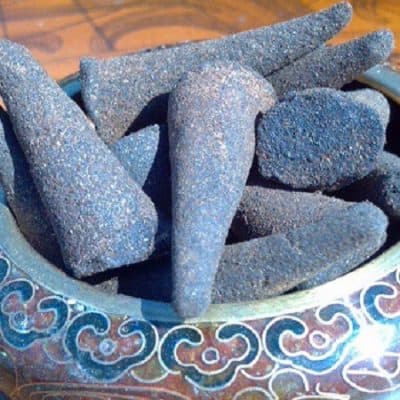
Dragon’s Blood Incense Cones
$ 5.95 -
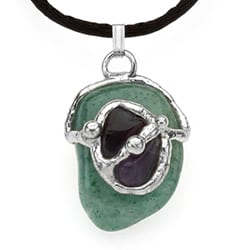
Earth Element Drop Necklace
$ 34.95 -
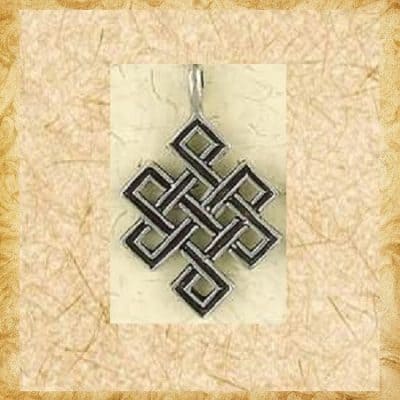
Eternity Knot Necklace
$ 21.95 -
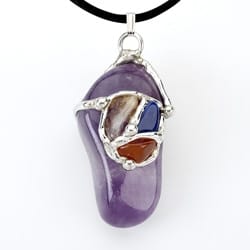
Ether Element Drop Necklace
$ 34.95 -
Sale!
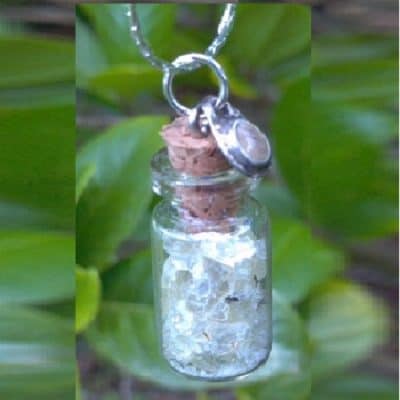
Fairy Dust Crystal Pendants
Original price was: $ 19.95.$ 14.95Current price is: $ 14.95. -
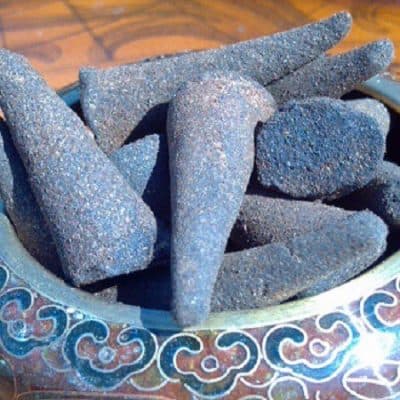
Fairy Magic Incense Cones
$ 4.95 -
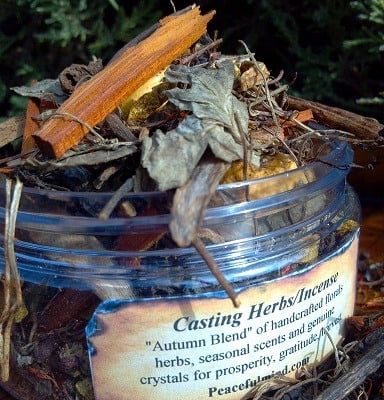
Fall Casting Herbs
$ 8.95 -

Fall Resin Incense
$ 5.95 -
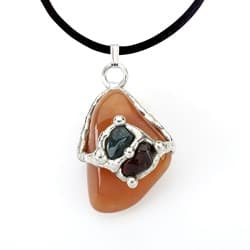
Fire Element Drop Necklace
$ 34.95 -
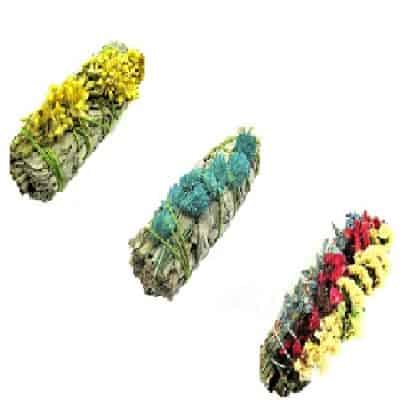
Floral Sage Pack
$ 19.95 -

Four Seasons Casting Herbs
$ 8.95 -
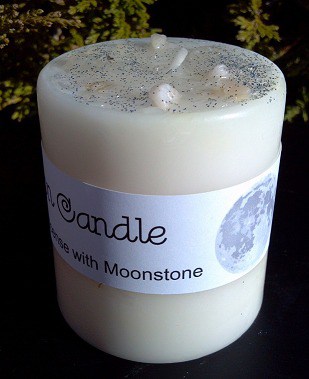
Full Moon Candle
$ 14.95 -
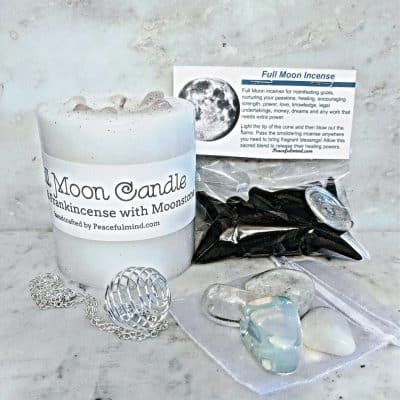
Full Moon Ritual Kit
$ 29.95 -
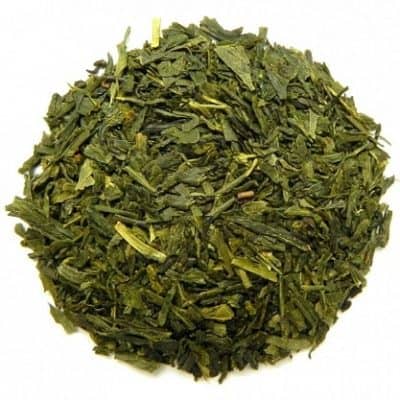
Good Luck Tea
$ 12.95 -
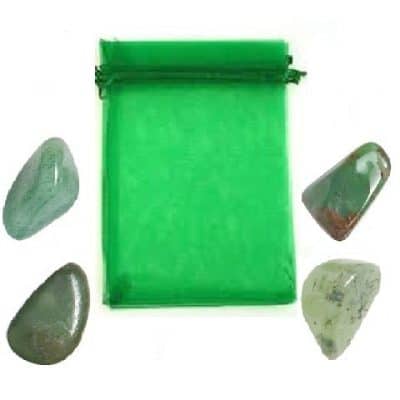
Green Crystal Pouch
$ 11.95 -
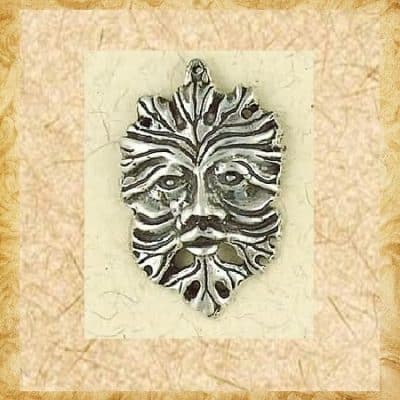
Green Man Pendant
$ 21.95 -
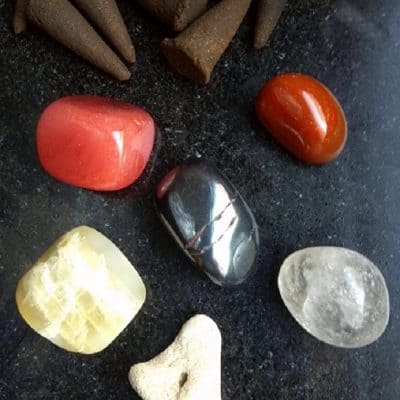
Halloween Crystal Pouch
$ 14.95 -
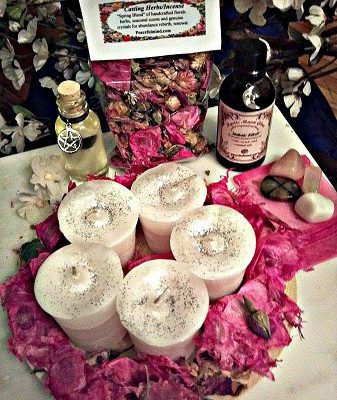
Imbolc Candlemas Set
$ 39.95 -
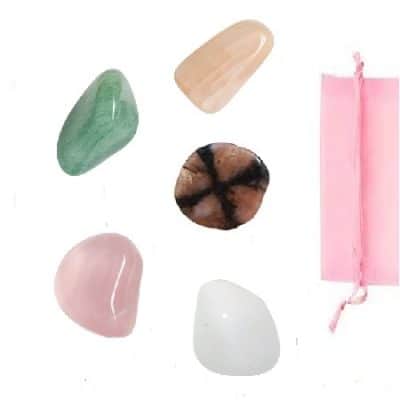
Imbolc Crystal Pouch
$ 14.95 -
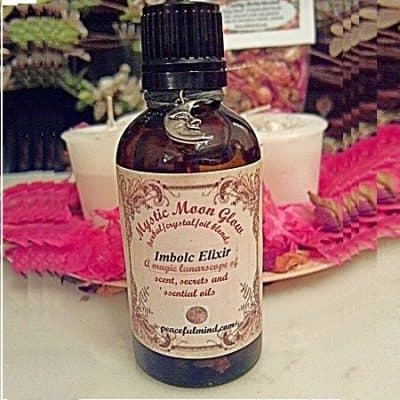
Imbolc Elixir Oil
$ 9.95 -
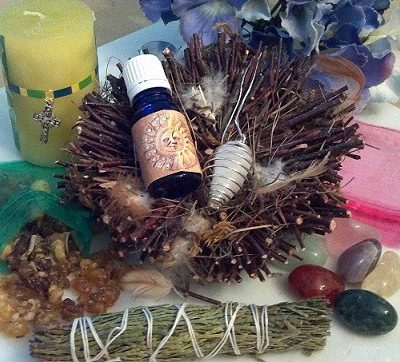
Imbolc Gift Set
$ 49.95 -
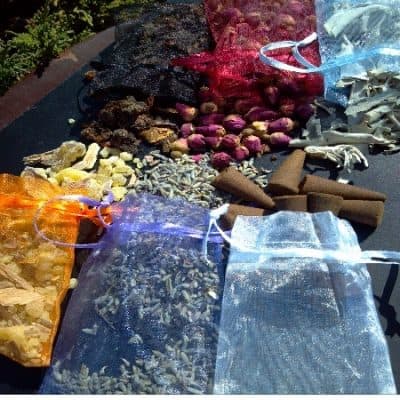
Incense Herbal Sampler
$ 11.95 -
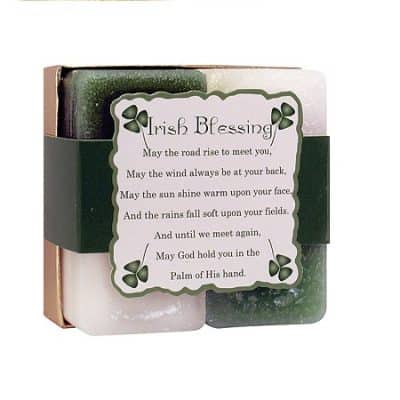
Irish Blessing Candles
$ 14.95 -
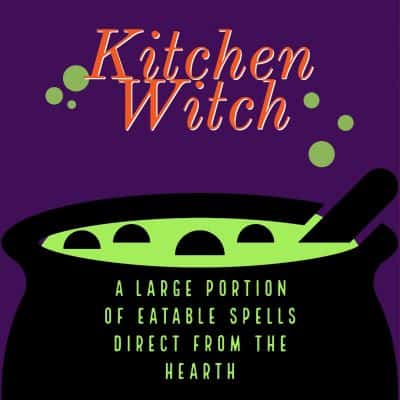
Kitchen Witch Ebook
$ 9.95 -
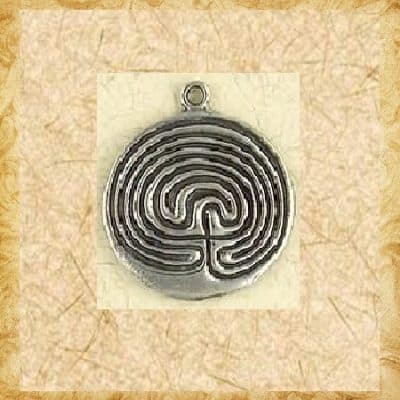
Labyrinth of Chartres
$ 21.95 -
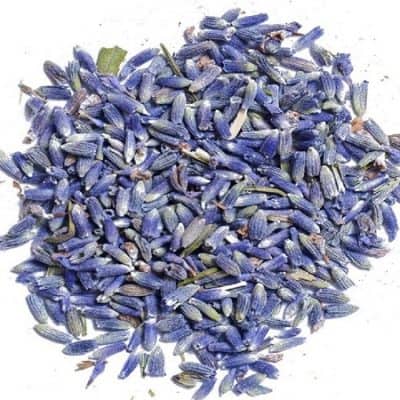
Lavender Bud Incense
$ 4.95 -
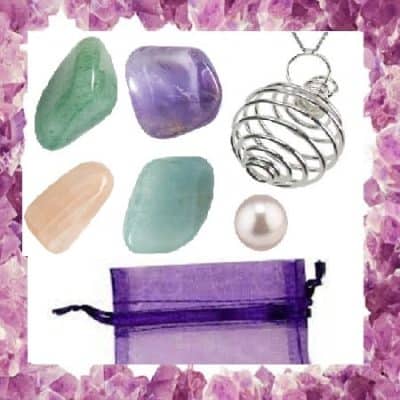
Law of Attraction Crystal Pouch
$ 21.95 -
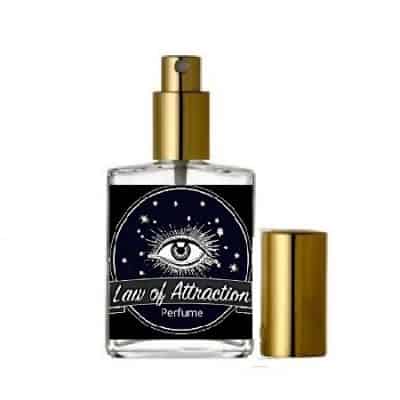
Law of Attraction Perfume
$ 24.00 -
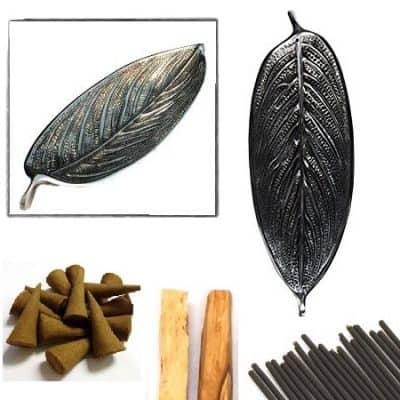
Leaf Incense Burner +
$ 11.95 -
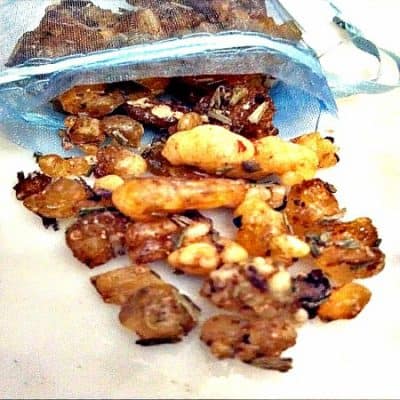
Litha Resin Incense
$ 4.95 -
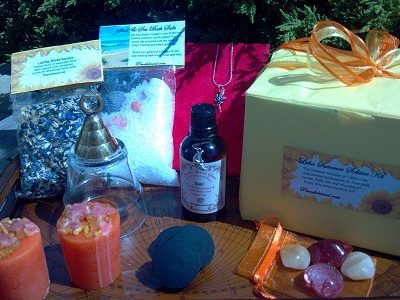
Litha Summer Ritual Kit
$ 39.95 -
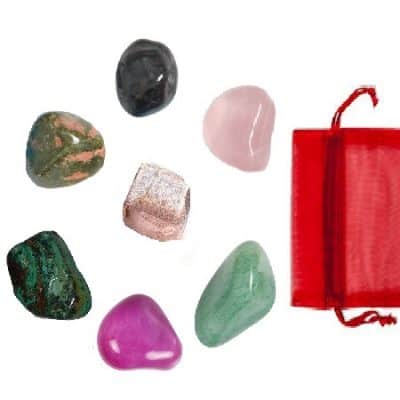
Love Stone Collection
$ 21.95 -
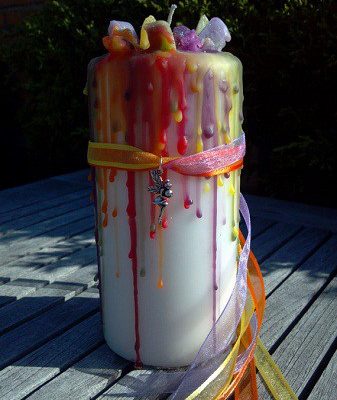
Magic Fairy Garden Candle
$ 24.95 -
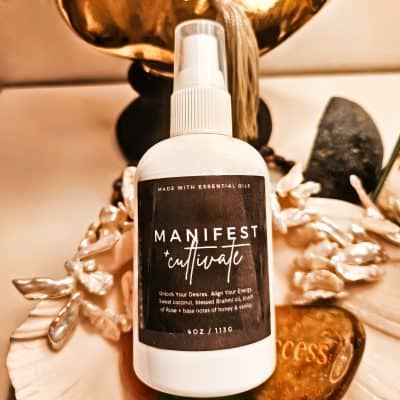
Manifest + Cultivate Oil
$ 21.95 -
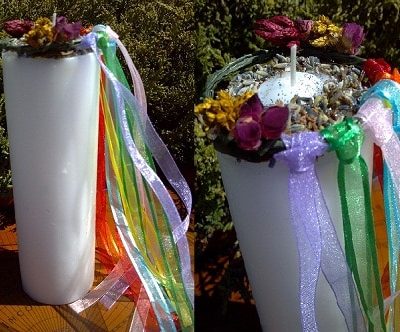
Maypole Celebration Candle
$ 24.95 -
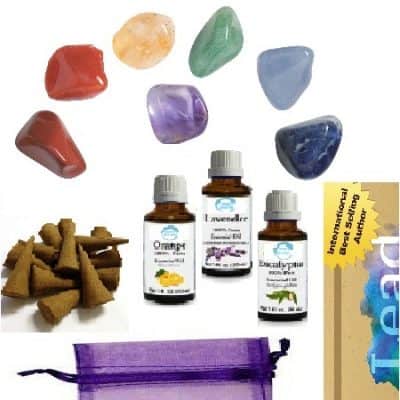
Meditation and Journal Kit
$ 49.95 -
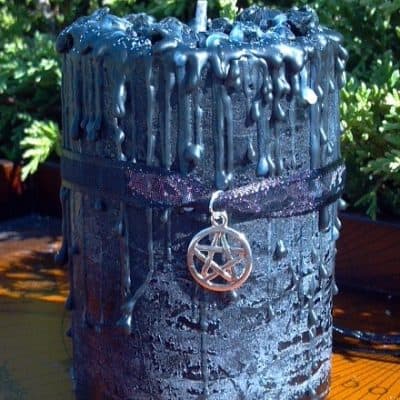
Midnight Spell Candle
$ 14.95 -
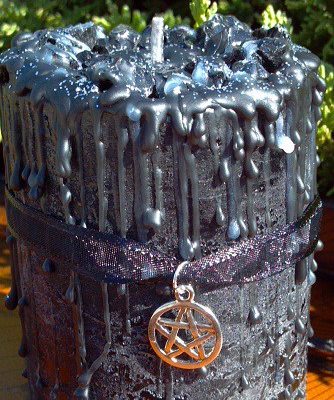
Midnight Spell Candle 3 x 6″
$ 24.95 -
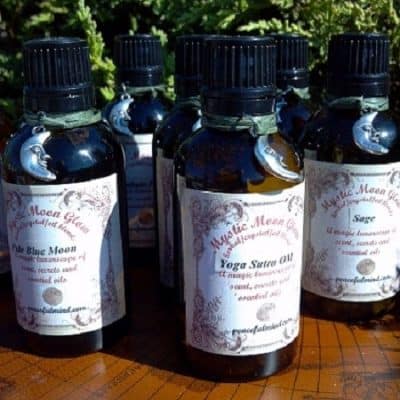
Mystic MOON Glow Essential Oil Blends
$ 9.95 -
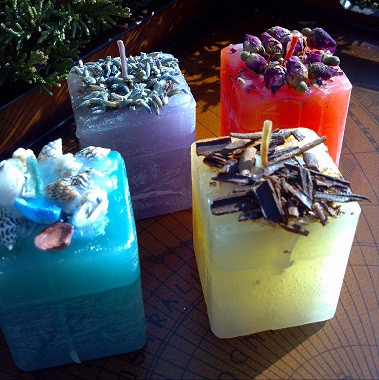
Nature’s Votive Candles
$ 9.95 -
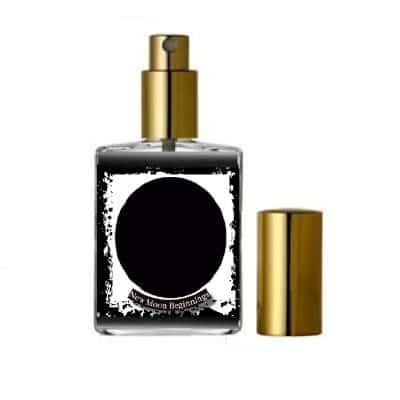
New Moon Beginnings Perfume
$ 28.00 -
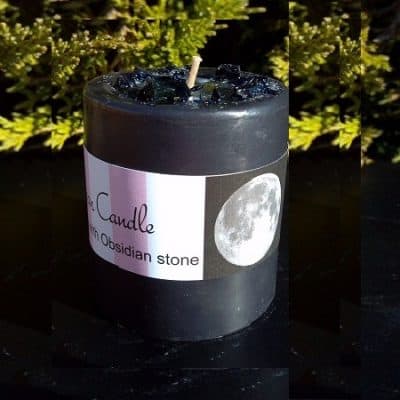
New Moon Candle
$ 14.95 -
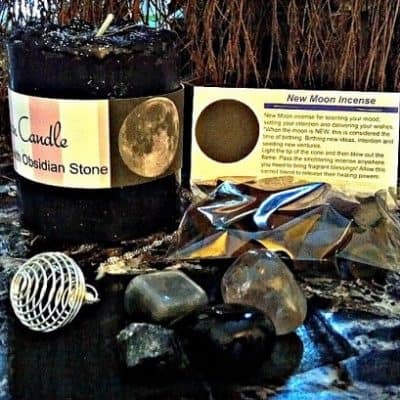
New Moon Ritual Kit
$ 29.95 -
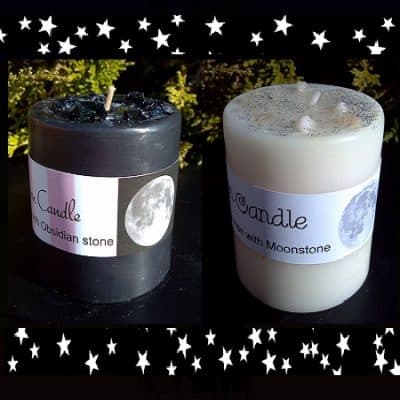
New Moon/Full Moon Candle Set
$ 27.95 -
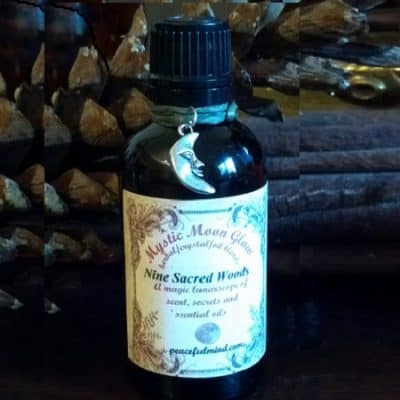
Nine Sacred Woods Elixir Oil
$ 9.95 -
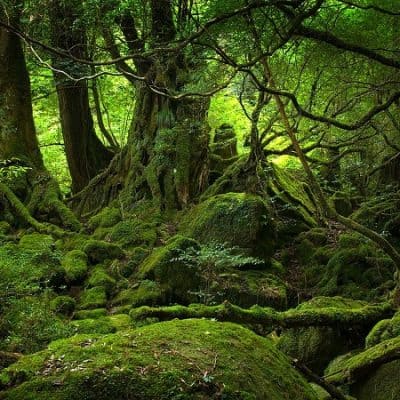
Nine Sacred Woods Incense Cones
$ 4.95 -
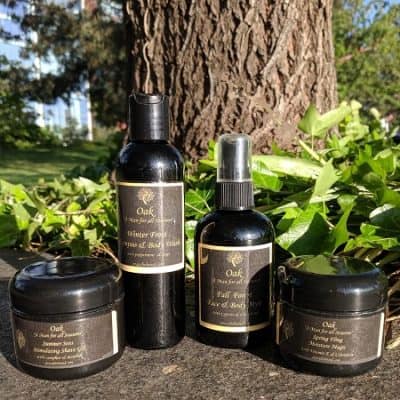
Oak Skin Care
$ 34.95 -
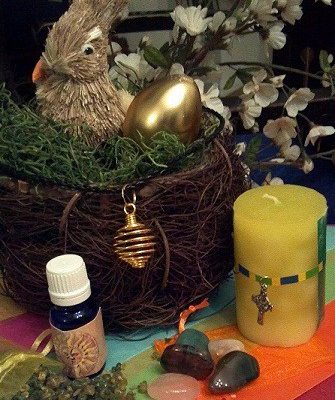
Ostara Easter Basket
$ 39.95 -
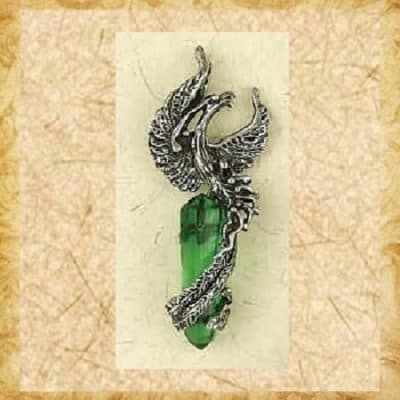
Phoenix Rising Pendant
$ 24.95 -
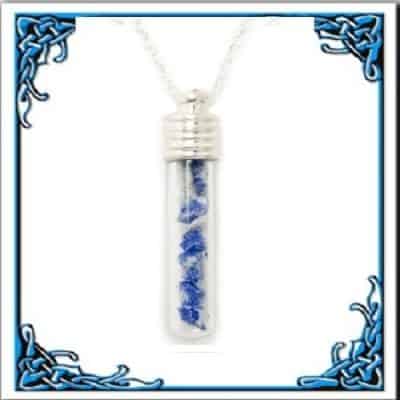
Preseli Stone Pendant
$ 34.95 -
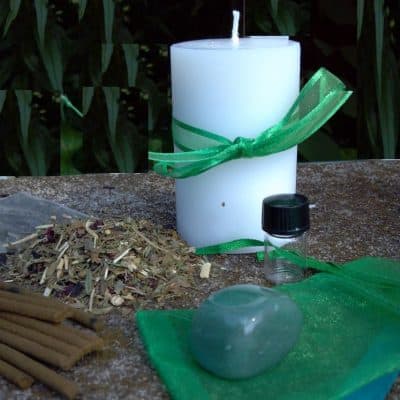
Priority of Life Kit Luck
$ 29.95 -
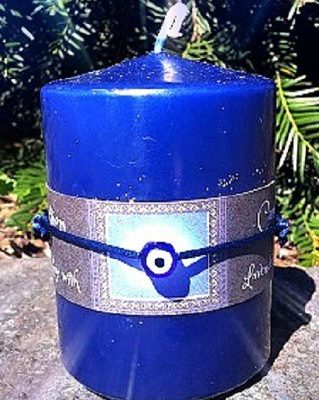
Protection 2 in 1 Candle
$ 21.95 -
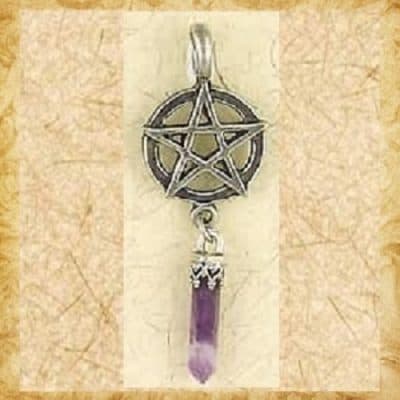
Psychic Pentagram Pendant
$ 24.95 -
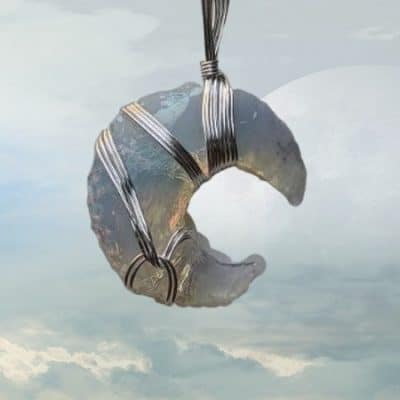
Rainbow Opal Moon Pendant
$ 38.00 -
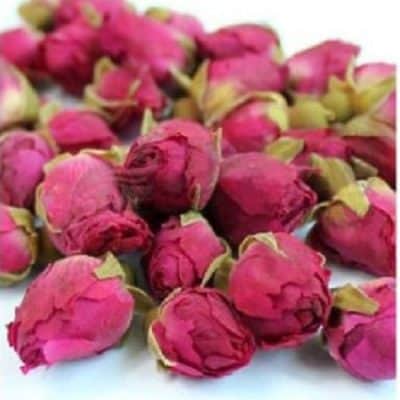
Rose Bud Incense
$ 4.95 -
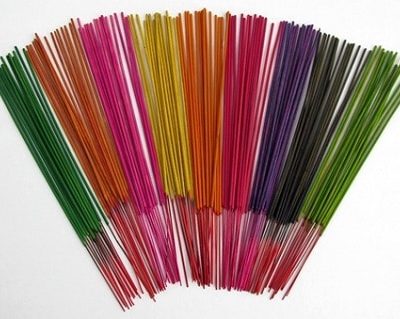
Sacred Intention Incense Sticks
$ 6.95 -

Sacred Site Jewelry: Druid Smoky Quartz
$ 14.95 -

Sacred Site Jewelry: Newgrange
$ 14.95 -
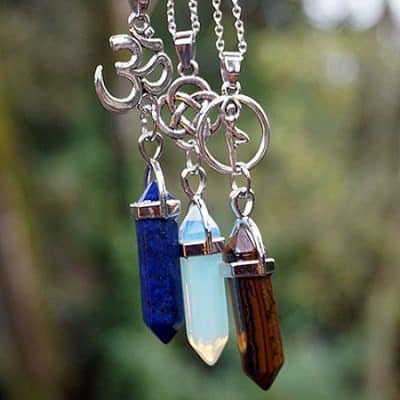
Sacred Symbol Pendants
$ 21.95 -
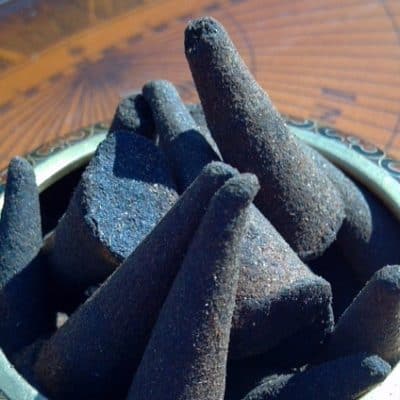
Sage Incense Cones
$ 4.95 -
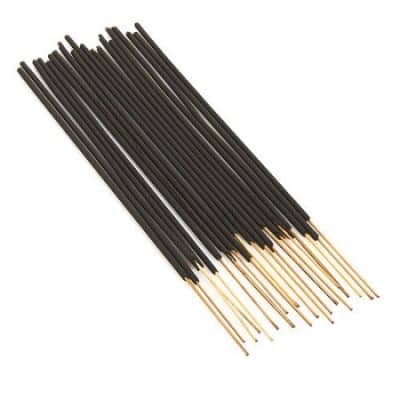
Sage Incense Sticks
$ 11.95 -
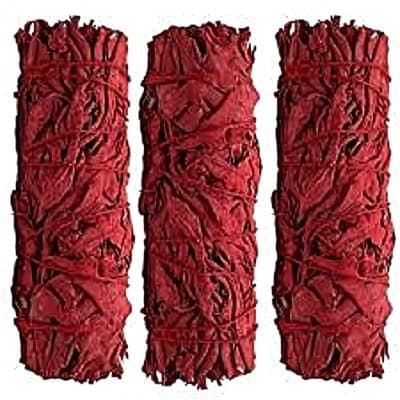
Sage with Dragons Blood
$ 6.95 -
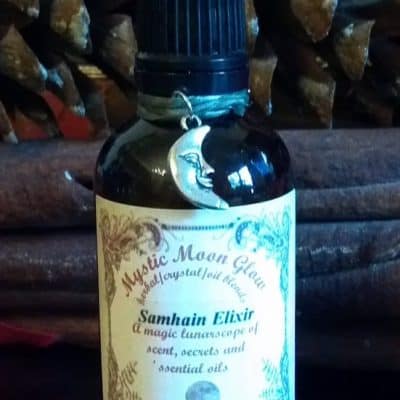
Samhain Oil
$ 9.95 -

Samhain Resin Incense
$ 4.95 -
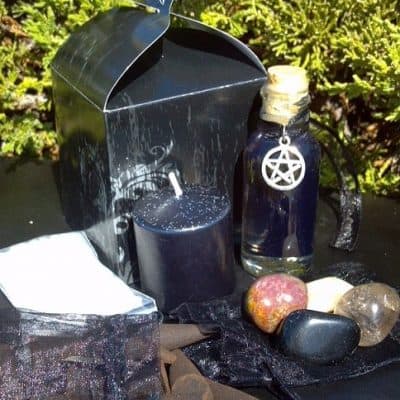
Samhain Ritual Kit
$ 34.95 -
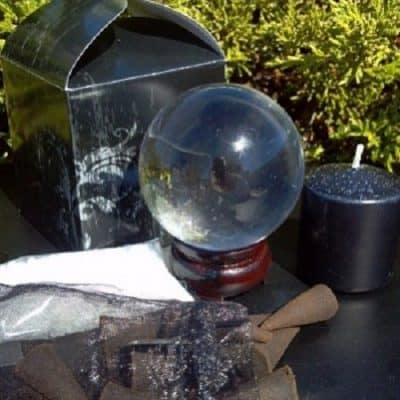
Secret Seance Ritual Kit
$ 34.95 -
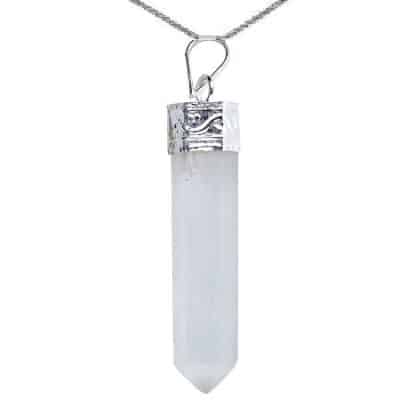
Selenite Moon Glow Pendant
$ 19.95 -
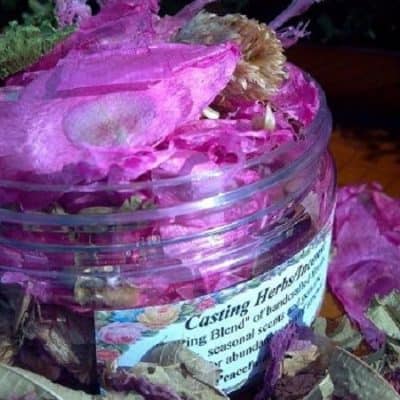
Spring Casting Herbs
$ 8.95 -
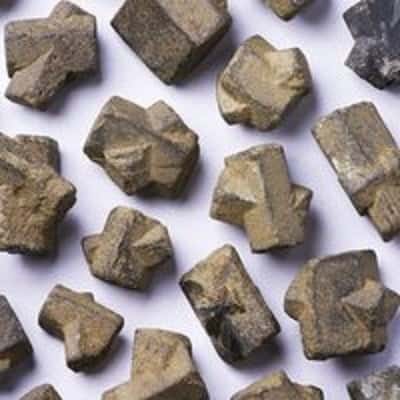
Staurolite Fairy Cross
$ 9.95 -
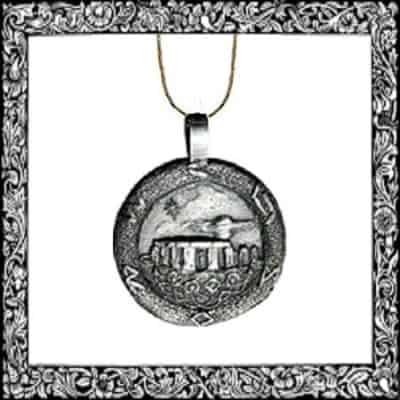
Stonehenge Empowerment Pendant
$ 29.95 -
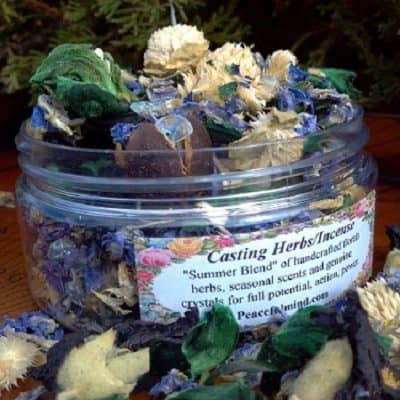
Summer Casting Herbs
$ 8.95 -
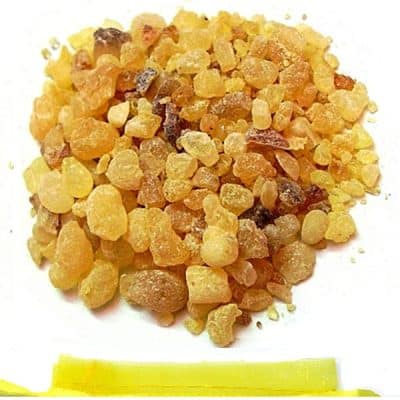
Sun Resin Incense
$ 6.95 -
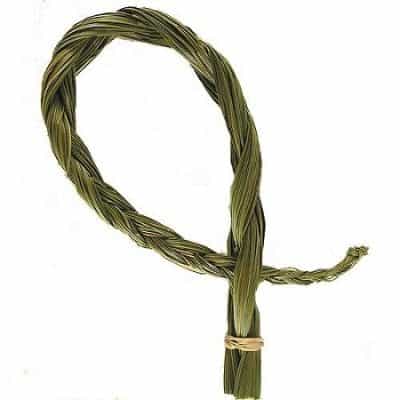
Sweetgrass Braid
$ 12.95 -
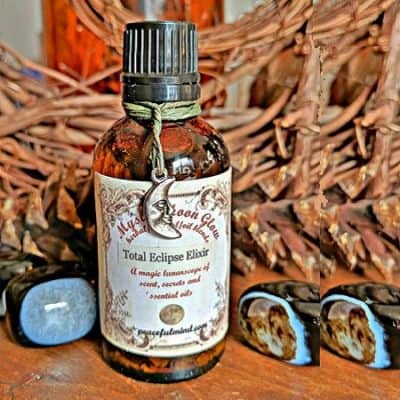
Total Eclipse Elixir Oil
$ 9.95 -
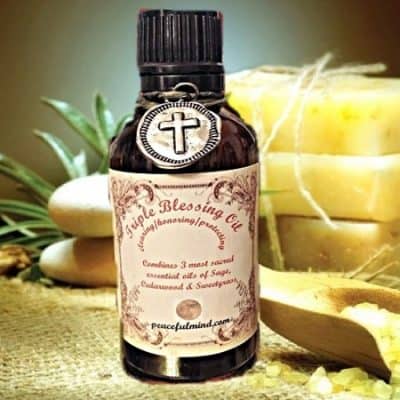
Triple Blessing Oil
$ 11.95 -
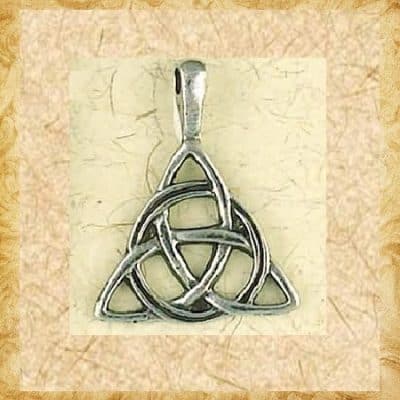
Triquetra Pendant
$ 21.95 -
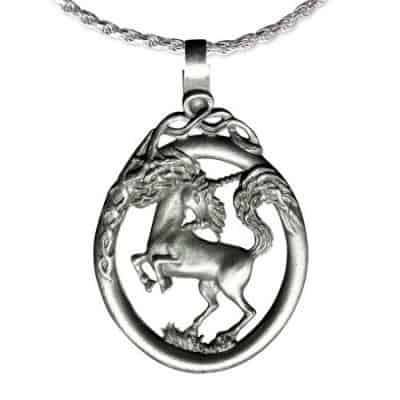
Unicorn Pendant of Hope
$ 21.95 -
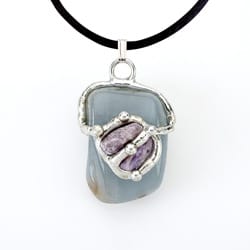
Water Element Drop Necklace
$ 34.95 -
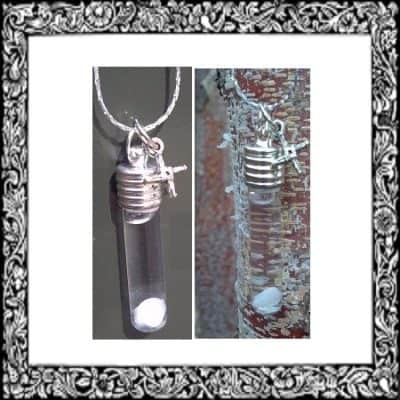
Well Water of St. Brigid
$ 34.95 -

Winter Casting Herbs
$ 8.95 -
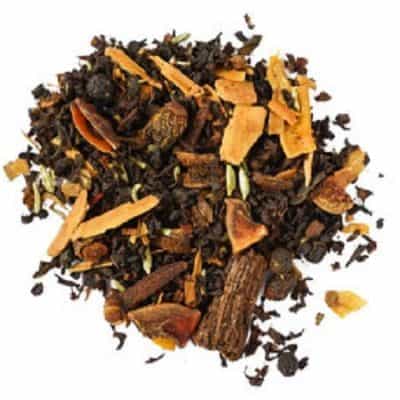
Witches Brew Tea
$ 12.95 -
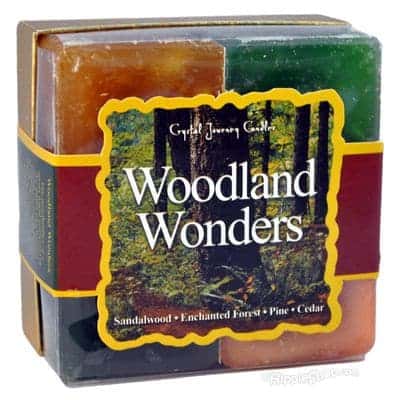
Woodland Candle Set
$ 14.95 -
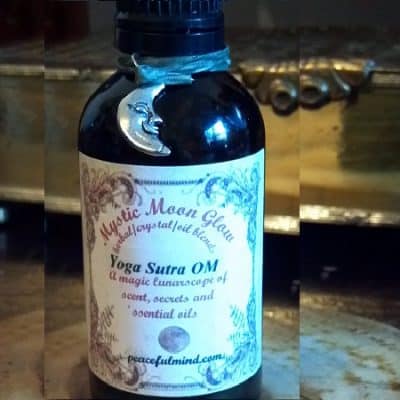
Yoga Sutra Oil
$ 9.95 -
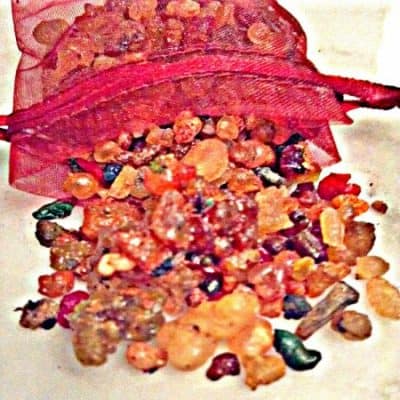
Yule Resin Incense
$ 4.95 -
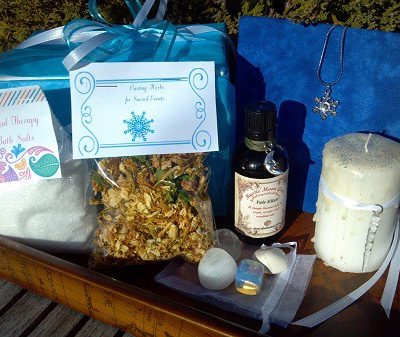
Yule Winter Solstice Kit
$ 39.95
Elements of Healing
First and foremost, The Celts were and are a remarkable, inventive and long-enduring people. They were versed in rituals and protocols of nature, had a strong connection to the earth and sea and a reputation for mystery, myth and magic. It is from these elements that we can learn, understand and incorporate each facet into our everyday healing practices!
1. Water: including lakes, streams, rivers, springs and wells, have been held in deep respect, honor and as places to visit on pilgrimage. The power of water has refreshing, hydrating and rejuvenating powers that called the Celts (and most every other culture) to their healing banks and shallows to gather, drink and bathe in the ever sacred waters! Water is considered a fertility symbol, found in the Culdron of Dagda, in the Sanctuaries and Baths of Sulus, on the shoreline of the Boyne River and flowing along St. Brigid’s Well.
2. Sacred Herbs: found in burial sites and ritual shafts, were handed down in folklore and stories and made available from the hand-me-down recipes and tales of intrigue. They tell a story of the plants and perennials that have made their way through Celtic history. From bilberry and burdock to mistletoe and willow bark, herbs were utilized not only for their healing properties but for their taste, color and metaphysical healing aspects, as well.
3. Stones were seen as tools for divination, objects of protection and luck and places of worship and blessings. From the standing stones at Carnac and megaliths at Stonehenge to the Winter Solstice tomb at Newgrange and looming mound in Glastonbury, stones have been used to mark territories, honor grave sites and invoke seasonal ceremonies. They have been revered as touchstones and used as altars or “mass rocks” for centuries. The Lia Fail (Stone of Destiny) is often referred to as the Coronation Stone or Jacob’s Pillar and is where many high kings of Ireland where crowned. The Turoe Stone in Galway, Ireland is considered the Omphalos or “navel stone”. This “earth navel” is considered the meeting place between living mortals, the gods and the dead.
4. Fire: has been used for its powerful healing, purging and cleansing properties. Offered as a tool of celebration in many of the major holidays and seasonal transitions, fire, smoke and ashes were deemed to have protective properties. Cows were driven between two pillars of fire as a cleansing ritual, while tribes would jump over bonfires to achieve fertility, prosperity and protection. Fires were lit to represent stages of the sun and its light. These are all good examples as to how fire plays a major role in ritualistic aspects.
5. Music: and songs are elements of storytelling, the expressing of one’s emotions and a way to connect with people and the past. Music’s magic and mystical connections are undeniable and there is no better way to recall memories, honor life’s transitions and bring hope to anyone seeking enlightenment. The lilthful melodies of the harp of Dagda, were played as a passing of the seasons.
6. Nature: and all its power, glory and destruction where feared and honored as a way of understanding it’s approach through the rhythm of the seasons, from the attention payed to natural locations and to the tides of the moon and weather divination. Trees were seen as revered, ancient elders whom gathered in sacred groves on ancient hilltops and used as divination tools. The trinity of water, fire and earth were also respected as nature’s way of washing, purifying and honoring.
7. Symbols: are the binding which holds together cultural beliefs, religious significance and etheric ideas. Every symbol is a message from some deeper unconscious part of ourselves to the more conscious everyday part of ourselves expressed in a language that needs to be learned and understood. The symbol has been called the royal road to the unconscious. Just another way to say that symbols are the window to the soul. There is a very small number of original, natural symbols that make up the countless millions of symbols in existence today.
8. Storytelling: has always been the way in which the Celts would teach lessons, entertain their tribe and make as one of the cornerstone beliefs within the society as a whole. Stories gave people an identity. It was a way to keep a communities’ self image, uniqueness and tribal psyche together. Stories were told of shifting backwards and forwards between two worlds, (this world and the Otherworld). Storytelling would glide along the edge of history and sometimes, blur the line. But the main purpose of the story was always the message it had within it. The greatest Celt stories would wander between warriors and giants, fairies and lovers, gods and goddesses and traditional local lore.
9. Deities: have played a major role in the construction and fabric of the Celt cultures. The common denominator in all religions is the belief in the spirit world and life after death. Priests or shaman have always been the inter-mediators between the material and spirit worlds.
10. Rituals: give us the opportunity to start anew, refresh and reboot our lives, our intentions or goals. Not much has been recorded about the healing rites and rituals of the Celts. What is known is based on the literature recorded by early Christians, the Greeks and Romans and archaeological evidence.
The Wheel of the Year
Found in France, at the end of the 19th century, The Coligny-Calendar is a compilation of pre-Christian Celtic systems of timekeeping, including the Gaulish Coligny calendar, used by Celtic countries to define the beginning and length of the day, the week, the month, the seasons, quarter days, and festivals.
The Gaulish Coligny calendar is possibly the oldest Celtic solar/lunar ritual calendar. Evidence has shown that it was made under the auspices of the Druids, as it shows the Druidical belief in lucky and unlucky days. Each month is divided into a good half (marked “MAT” or auspicious) and a bad half (marked :ANM” inauspicious).
The year was divided into a light half and a dark half. As the day was seen as beginning after sunset, so the year was seen as beginning with the arrival of the darkness, at Samhain. The arrival of the light half of the year started at Beltane. This observance of festivals beginning the evening before the festival day is still seen in the celebrations and folkloric practices among the Gaels, the Irish and the Scots.
The Wheel Of The Year: or four seasons are known as Solar Festivals, the cross quarter days are marked by Fire Festivals, together they form The Wheel of the Year. These holidays are celebrated from sundown on the date of the holiday through sundown the next day.
~Click on each image or link below to enjoy more information…
Top Celtic Stones and Crystals
Stones: were seen as tools for divination, objects of protection and luck and places of worship and blessings. From the standing stones at Carnac and megaliths at Stonehenge to the Winter Solstice tomb at Newgrange and looming mound in Glastonbury, stones have been used to mark territories, honor grave sites and invoke seasonal ceremonies. They have been revered as touchstones and used as altars or “mass rocks” for centuries.
The Lia Fail (Stone of Destiny) is often referred to as the Coronation Stone or Jacob’s Pillar and is where many high kings of Ireland where crowned. The Turoe Stone in Galway, Ireland is considered the Omphalos or “navel stone”. This “earth navel” is considered the meeting place between living mortals, the gods and the dead.
On the summit of Tops Hill in County Donegal, lies Beltany Stone Circle, an example of one of the best Irish stone circles. On the slopes of Mount Tullig, in County Kerry, lies Caherdaniel Fort, a great example of a stone ring fort.
These are just a few images of some of the sites of war, worship and wells that dot the Celtic landscapes. Below I have compiled a short list of some of my favorite stones associated with Celtic lore, stones local to the Gaelic regions and crystals that have been associated in “current times”, which embrace the symbolism of the past.
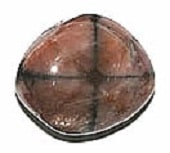
Chiastolite
This crystal is a variety of the “Earth Stones” or Andalusite. It exhibits the axis and angle in a different color from the rest of the crystal forming a natural cross. It signifies both death and re-birth and helps one to understand the realization of immortality. It is used as a bridge for “crossing over”. It helps one to assimilate during times of change. This stone allows for the overcoming of fear, the facing of reality.
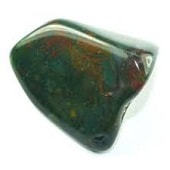
Bloodstone
It is a type of chalcedony, similar to jasper. The martyr stone aptly named, due to the legend of this stone being at the foot of the cross and stained by the drops of blood from Jesus. Metaphysically, bloodstone is used to either promote a calm, tranquil atmosphere that is grounding or revitalize insufficient energy. Bloodstone, also called “Heliotrope” (named for it’s sun “red” glow – helios – setting over a green sea) is from the quartz family (Si02).

Copper
This is a warming stone. Copper helps to release the “excess charge” of resentment and anger. Copper is often known as the “love metal” as it helps us open up to love energies and physically helps with sexual imbalances. Copper ore was mined in Ireland dating back to about 2000 BC, particularly in the areas near the Caherdaniel Fort Ring and West Cork were well-known for its copper mining industry.
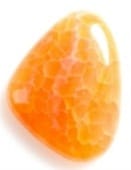
Fairy Quartz
This crystal has been given several names such as Spirit Quartz, Faery Amethyst or Spirit Druzy. Encrusted with hundreds of small, terminated points, this is also referred to as Cactus Quartz. Also worth mentioning is Crackle “Faerie” Quartz. This is crystal quartz that is tumbled and dyed, which gives the gems their colors, crackle and spark! Third in this group is Star Mica or Fairy Mica.

Flint
Known for centuries as “Elf Shot”, this refers to flint’s strong metaphysical history. Elf Shot referred to the belief that elves or fairies would shoot an object, visible or invisible, into an animal or sometimes human, causing it to suffer in pain from the flint arrow. Flint has been used for protection throughout history. Both in Scotland and in Ireland, flint has been used as an amulet worn for protection against evil, including mischievous fairies and elves.
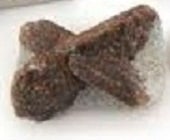
Fairy Cross
AKA Staurolite, is a talisman of good luck! Historically, this stone is said to be formed from the tears of fairies when they were brought the news of the death of Christ. Formed in the shape of a cross, this amazing stone is beautiful and powerful on your altar or meditation space, around your neck or in your pocket. Represents four elements and joining of spirit with earth/matter. Spirituality, compassion, allowing, dis-attachment.
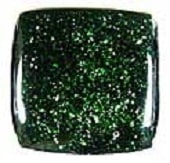
Green Goldstone
Not particularly known as a “Celt stone”, green goldstone is fascinating. It harkens back to the alchemy of the Druids as goldstone is a man-made stone, a type of glass that sparkles due to flecks of copper. Originally created when alchemists were working towards creating gold. Gently uplifting, goldstone is also said to help one stay calm and stabilize the emotions. Called the stone of ambition and drive, it is said to help attain one’s goals.
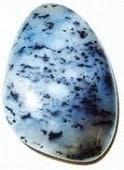
Merlinite
This mystical stone is a combination of manganese oxide with inclusions of both potassium and barium. This particular variety occurs in Cornwall in the United Kingdom. Associated by name, after the great wizard, Merlin, who was King Arthur’s legendary mentor, this stone is considerd the Stone of Self-Mastery. It exhibits traits of duality: black and white, day and night, light and dark.
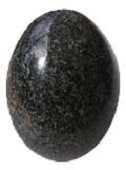
Preseli
The Preseli bluestone is the stone that was used at the Stonehenge standing stones. This stone only occurs in one place in the entire world, Carn Meini in the Preseli Mountains. This site is now protected and stones can no longer be taken, but the stones that are being sold were mined many years ago, before this law took effect. Preseli helps with dream work, past life recall, will power and as a spiritual gift enhancer.

River Stones
Rivers, streams, springs, wells and lakes are all sacred bodies of water in the Celtic belief system. Stones found along these bodies of waters, wells and rivers are all considered sacred mementos. These stones are rolled and tumbled by the river for hundreds even thousands of miles until they are round and polished. River stone promotes rapid change. These stone are believed to carry sacred powers such as protection, good luck and act as powerful talisman.

Snow White Quartz
This is the Observation Stone. Like the introspective and contemplative time of winter, it allows us to notice the actions around us, both good and bad, helping us to see ourselves better. It can help us to meditate on parts of our personality that we admire and those we need to change. Snow White Quartz represents the wonder and innocence of pure snow. It has been associated with the Solstice palace at Newgrange and the virgins of Kildare, whom watched over St. Brigid.

Smoky Quartz
This is the National Gem of Scotland and has been considered a sacred stone dating back to the Druids. It is a grounding stone. It is used most often to overcome depression, soothing nightmares and stress. Quartz stimulates the natural crystal in body tissues. Inducing Alpha/deep meditation, it’s benefits also include channeling higher guidance and deep relaxation. Heightens your understanding of nature and concerns for the environment.
Celtic Astrology: The Way of the Trees
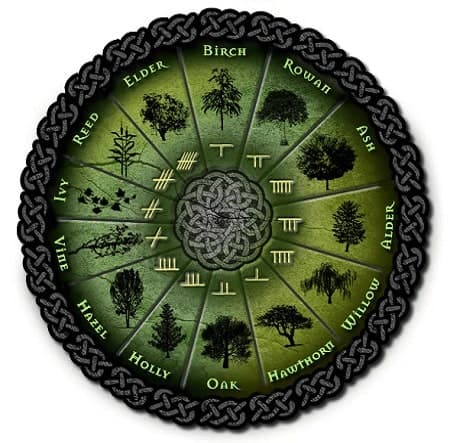
The Celtic Calendar is a compilation of pre-Christian Celtic systems of timekeeping, including the Gaulish Coligny calendar, used by Celtic countries to define the beginning and length of the day, the week, the month, the seasons, quarter days, and festivals. The Gaulish Coligny calendar is possibly the oldest Celtic solar/lunar ritual calendar. The year was divided into a light half and a dark half.. Much of this is only described in a few Irish texts, none of which have been published or fully translated.
The Ogham (commonly pronounced Oh-m) is an early Medieval alphabet used primarily to transcribe the early and late period, Irish language The glyphs are the only written form left by the Druids.
The Ogham is sometimes called the Celtic Tree Alphabet, based on ancient medieval Br’atharogam tradition ascribing names of trees to the individual letters.
The first Tree Calendar was documented by Robert Graves who wrote about it in his book “The White Goddess” 1948. He theorized that if the oghams were associated with the 13 sacred trees and that they followed the 13 moons of the calendar year then each moon, must be associated with the tree of that month.
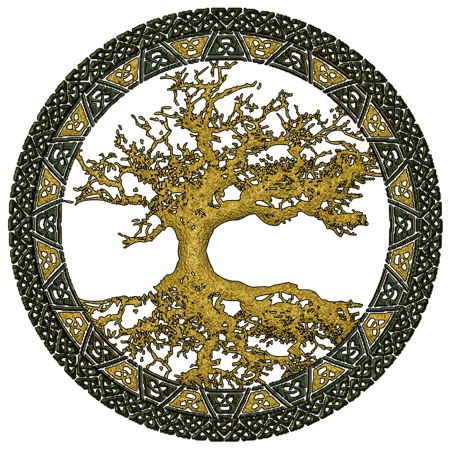
The First Tree Calendar
Based on these early Irish texts, Peter Berresford Ellis attempted to reconstruct an earlier Celtic calendar, summarizing that “a study of linguistic concepts, early cosmological motifs and calendar philosophies of both Celtic (inclusive of Old Irish) and Sanskrit/Vedic cultures give a path back to the common Indo-European roots of our cultures”.
In Celtic (Druid) symbolism, the moon represents the subconscious mind and hidden matters while the sun represents the conscious mind. The moon is the repository of the subconscious mind where true knowledge of past lives resides. Using the lunar calendar, Celtic astrology unlocks your past life memories and other hidden mysteries. Each lunar calendar month, thirteen in all, is assigned a tree symbol. The trees’ energies are said to be revealed through the Tree Alphabet.
According to Ellis, the Celtic calendar was similar to the Vedic astrology calendar. Another aspect of Celtic astrology is the animal symbols used to depict the conscious mind. When the animal symbols are used in conjunction with the tree signs, a bridge is formed between the conscious and subconscious mind. In Western Astrology, the zodiac would be considered sun sign.
Click on your birthday day below & learn more about your Celtic Tree Sign…
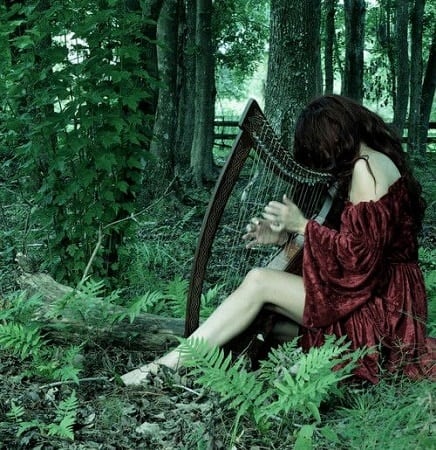
Songs of the Emerald Isles
Music is the grand motivator. Whether you seek solitude or need an energy boost, the right music takes you to the level you need most.
So in honor of the Celtic experience, I thought it would be a special gift to share the songs that invite healing, inspire fantasy and embrace magic! These melodies cross several genre, yet they ring true for me as a connection to a Universal life force and the amazing way we can heal and find hope through song.
1. Irish & Celtic Folk Classics
2. Mythology
3.Relaxing with Celtic Music (Instrumental)
4. Emerald: Musical Gems
5. The Best of Celtic Music
6. A Celtic Dream
7. Celtic Harp: the Quiet Path
8. Celtic Garden: A Celtic Tribute
9. Celtic Twilight
10. Celtic Music Collection: Irish Jigs,Reels, Laments
11. Celtic Meditation Music
12. Celtic Twilight 3: Lullabies
13. Encore
14. Irish & Celtic Christmas Music
15. Celtic Journeys: A David Arkenstone Collection
16. Wind of the North: Irish Celtic Music
17. Celtic Sessions
18. Daughters Of the Celtic Moon
19. Celtic Dream – Celtic Spa Music
20. 30 Favorite Celtic Hymns
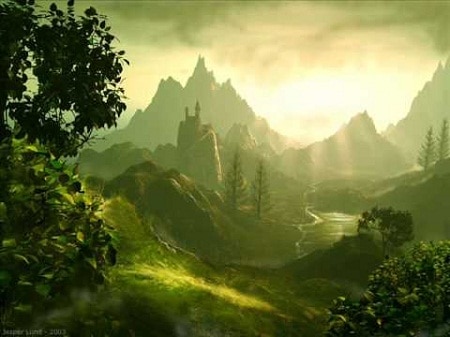
Sacred Sites of the Celts
It was just by chance (or “happen-stance”) that I found myself on a plane from London to Aberdeen, Scotland. This port city in northeast Scotland, is where the Dee and Don rivers meet the North Sea. While visiting London, Tonio’s cousin, Marcia spontaneously invited us to “come up and see the highlands”. Little did we know, it would open a door to a mystical journey that took us from the Island of Orkney, where the Stones of Stenness lie, along the coast to the ancient Ring of Callanish on the Isle of Lewis. It was this “spark” that led me on a path of amazing self-discovery and an even greater love for the Celtic culture. Come along with me and unearth some of the greatest finds “across the emerald isles”…
Special Thanks
An extreme debt of gratitude goes to: Nozedar, Adele (2008) The Element Encyclopedia of Secret Signs and Symbols.
Many thanks to Ellis, Peter Berresford , Irish Astrology, http://www.radical-astrology.com/irish/miscellany/ellis.htm
Celtic References
Celtic Calendar, http://en.wikipedia.org/wiki/Celtic_calendar
Herbs: http://www.druidry.org/druid-way/teaching-and-practice/druid-plant-lore
Ross, Anne (1974). Pagan Celtic Britain: Studies in Iconography and Tradition. London: Sphere Books Ltd.
Hutton, Ronald (1991). The Pagan Religions of the Ancient British Isles: Their Nature and Legacy. Oxford, UK and Cambridge, USA: Blackwell.
Jones, Prudence and Pennick, Nigel (1995). A History of Pagan Europe. Routledge.
a b Cunliffe, Barry (1997). The Ancient Celts. Oxford and New York: Oxford University Press. Page 184.
Ross, Anne (1986). The Pagan Celts. London: B.T. Batsford. Page 103.
Hutton, Ronald (2009). Blood and Mistletoe: The History of the Druids in Britain. Yale University Press. Page 17.
Miranda J. Green. (2005) Exploring the world of the druids. London: Thames & Hudson. ISBN 0-500-28571-3. Page 24.
Emrys Evans (1992) Mythology Little Brown & Company. ISBN 0-316-84763-1. Page 170.
Emrys Evans (1992) Mythology Little Brown & Company. ISBN 0-316-84763-1. Pp. 170–171.
Cunliffe, Barry (1997). The Ancient Celts. Oxford and New York: Oxford University Press. Page 183.
Hutton, Ronald (1991). The Pagan Religions of the Ancient British Isles: Their Nature and Legacy. Oxford, UK and Cambridge, USA: Blackwell. Page 147.
Hutton, Ronald (1991). The Pagan Religions of the Ancient British Isles: Their Nature and Legacy. Oxford, UK and Cambridge, USA: Blackwell. Page 148.
Dr Ray Dunning (1999) The Encyclopedia of World Mythology Parragon. ISBN 0-7525-8444-8.
Cunliffe, Barry (1997). The Ancient Celts. Oxford and New York: Oxford University Press. Page 187.
Lucan. Pharsalia.
Caesar. Commentarii de Bello Gallico. Book 6.
Juliette Wood. Introduction. In Squire, C. (2000). The mythology of the British Islands: an introduction to Celtic myth, legend, poetry and romance. London & Ware: UCL & Wordsworth Editions Ltd. ISBN 1-84022-500-9. Pp. 12–13.
Emrys Evans — Little, Brown & Company, Page 171.
Hutton, Ronald (1991). The Pagan Religions of the Ancient British Isles: Their Nature and Legacy. Oxford, UK and Cambridge, USA: Blackwell. Pp. 175–176.
Cunliffe, Barry (1997). The Ancient Celts. Oxford and New York: Oxford University Press. Page 185.
Ross, Anne (1986). The Pagan Celts. London: B.T. Batsford. Page 102.
Marie-Louise Sjoestedt, Gods and Heroes of the Celts, translated by Myles Dillon, Berkeley, CA, Turtle Island Foundation, 1982, p.17. ISBN 0-913666-52-1.
Jones, Prudence and Pennick, Nigel (1995). A History of Pagan Europe. Routledge. Page 81. Jump up ^ Miranda Green. (1992:196) Animals in Celtic Life and Myth. London: Routledge. ISBN 0-415-05030-8.
Barry Cunliffe, The Ancient Celts. Oxford, Oxford University Press, 1997, pp. 208–210. ISBN 0-19-815010-5.
Julius Caesar, Commentarii de Bello Gallico 5:14.
The Celts in The Encyclopedia of World Mythology, Dr Ray Dunning, page 91.
Cunliffe, Barry (1997). The Ancient Celts. Oxford and New York: Oxford University Press. Page 197.
Cunliffe, Barry (1997). The Ancient Celts. Oxford and New York: Oxford University Press. Page 198 – 204.
Brunaux, Jean-Louis (2001). “Gallic Blood Rites” in Archaeology 54.2.
Brunaux, Jean-Louis (2002). “Le Santuaire gaulois de Gournay-sur-Aronde” in Bulletin 56 of the Archaeological and Historical Company of Boulounge-Conchy-Hainvillers.
Hutton, Ronald, The Druids (London: Hambledon Continuum, 2007), pp. 133–134.
Hutton, Ronald, The Druids (London: Hambledon Continuum, 2007, p. 132.
Ross, Anne (1974). Pagan Celtic Britain: Studies in Iconography and Tradition. London: Sphere Books Ltd. Pp. 161-162.
Green, Miranda. The Gods of the Celts. Page 32.
Hutton, Ronald (1991). The Pagan Religions of the Ancient British Isles: Their Nature and Legacy. Blackwell. Page 195.
Caesar, Julius. De bello gallico. VI.13–18.
Piggott, Stuart (1968). The Druids. London: Thames & Hudson. Page 111.
Ellis, Peter Berresford (1994). The Druids. London: Constable. passim.
Ross, Anne (1967). Pagan Celtic Britain. London: Routledge. Pp. 52–56.
David Clarke and Andy Roberts, Twilight of the Celtic Gods: An Exploration of Britain’s Hidden Pagan Traditions (1996), ISBN 978-0-7137-2522-3; review.
http://en.wikipedia.org/wiki/Celtic_polytheism
Lebor Gabála Érenn 64
Tochmarc ÉtaÃne (ed. and trans. Osborn Bergin and R. I. Best) at CELT
Metrical Dindshenchas, Vol 3, poem 2: “Boand I” (ed. Edward Gwynn) at CELT.
“The Cattle-Raid of Fraechâ€, trans. A. H. Leahy, Heroic Romances of Ireland Vol 2, 1906.
Metrical Dindshenchas, Vol 3, poem 3: “Boand II” (ed. Edward Gwynn) at CELT
Ptolemy, Geographia 2.1
Irish/Scotland Referrals
Essay: St Brigid; Brigit’s Forge: Sarasvati and Brigit part 4
Condren, Mary (1989) The Serpent and the Goddess: Women, Religion, and Power in Celtic Ireland. New York, Harper and Row. ISBN 0-06-250156-9 p.57
Dineen: Foclóir Gaedhilge agus Béarla, 1927 (“Smior” – pg 1067, Ed.1996)
“Newly Discovered Prehistoric Art in the Boyne Valley”. National Monuments Service. Retrieved 30 November 2013.
Viking News
Placenames Database of Ireland: Newgrange/Sà an Bhrú
O’Kelly, Michael J. 1982. Newgrange: Archaeology, Art and Legend. London: Thames and Hudson. Page 13.
Grant, Jim; Sam Gorin, Neil Fleming (2008). The archaeology coursebook. Taylor & Francis. p. 159. ISBN 978-0-415-46286-0. Retrieved 17 August 2011.
http://knowth.com/newgrange.htm
“The Winter Solstice illumination of Newgrange”. Retrieved 12 October 2007.
Laing 1974, p. 42
Renfrew, Colin, in O’Kelly, Michael J. 1982. Newgrange: Archaeology, Art and Legend. London: Thames and Hudson. Page 7.
http://newgrange.com/
O’Kelly (1982:21)
Joseph Nechvatal, Immersive Ideals / Critical Distances. LAP Lambert Academic Publishing. 2009, p. 163
O’Kelly (1982:146–147).
Ó RÃordáin, Seán P.; Glyn, Edmund Daniel (1964). New Grange and the Bend of the Boyne. F.A. Praeger. p. 26. [1]
O’Kelly (1982:149).
O’Kelly (1982:148).
“PlanetQuest: The History of Astronomy – Newgrange”.
E. Grogan, “Prehistoric and Early Historic Cultural Change at Brugh na Binne”, Proceedings of the Royal Irish Academy 91C, 1991, pp. 126-132
O’Kelly (1982:48)
Benozzo, F. (2010). “Words as Archaeological Finds: A Further Example of the Ethno-Philological Contribute to the Study of European Megalithism”. The European Archaeologist 33: 710.
Study Energy Medicine at Home
The Peacefulmind.com Homestudy Courses make it possible for anyone to study energy medicine at home, on your time! These certifications programs are offered by the National Association of Holistic Wellness
*The Feng Shui Journal The Peacefulmind.com Feng Shui Journal makes it possible for you to improve relationships, maximize career potential and enhance your environment! * We are honored to offer the Feng Shui Journal for beginner to advanced Feng Shui practitioners. This journal covers an extensive background on Feng Shui techniques history, usage, clearing, cleansing, manifesting and helpful information in order to bring balance back into your life! Want to know more?
*The Crystal Astrologer Course – Sourcing Astrological Answers Through Crystals, is the culmination of years of research and clinical study that Andrew has done in his NYC practice with his own patients. In this study course we will use crystals for astrological exploration, divination, crystal remedies and many other uses. Crystals have been used for astrological divination throughout the centuries for their subtle vibrational nature, which is thought to be linked to the vibrational powers of the cosmos. Crystals open a path to self-discovery, wisdom and inner knowledge, as well as tuning us into our own intuition. Want to know more?
*The Crystal Divination Workbook: This is Andrew’s NEW workbook, which utilizes the power of crystals for divination purposes! Andrew includes in this workbook: crystal grids, pendulum work and techniques, metaphysical properties of crystals, his Crystal Oracle Cards…and much more! Want to know more?
*Transitions: The Transformational Guide and Workbook for Creating Great Health This is the culmination of years of Andrew Pacholyk, MS, L.Ac. clinical work. This is a manual you can use, whether you are healthy or ill or somewhere in between and you want to re-balance your mind, body and spirit to become the whole person you can be! This workbook gives you a plan to take care of yourself. It can be used over and over to find balance and keep yourself as healthy as possible. It gives you “tools” to use when and where you need them. It helps to evaluate where you are in your journey and offers ways to get you exactly where you want to be! Want to know more?
*The “Color Elite” Color Therapy Certification Course Andrew Pacholyk, MS, L.Ac. has finally published his most complete healing course using the power of color and light therapy. This ultimate guide to chromotherapy teaches you about color and every aspect of it, how it is used in different therapeutic settings and how it has become such a great healing modality, no matter what profession you are in you will learn how to incorporate color into your daily life! Want to know more?
*The Crystal Light Crystal Therapy Course This incredible course is our biggest and most popular course on the internet! This is the study of crystals and how to heal with earth’s precious gems! Want to know more?
*Chakracology – A Workbook and Manual This workbook format allows you to look at the energy of the Chakra and how they affect us on a daily basis. The book allows you to work through each center on a mental, spiritual, as well as a physical level and then find ways to re-align, balance and manage your energy in a positive way! Want to know more?
*The Healing Art of Touch – Massage Therapy Homestudy Learn the art of touch and massage therapy through Andrew’s very extensive course. Complete anatomy lessons, varied techniques and amazing information is offered in this course. Also learn the business aspects of massage, how to cope with clients that are difficult and energy transference are just a few of the many topics covered! Want to know more?
*What’s Your Heart Telling You? Finding Love and Romance – The Workbook and Journal Andrew Pacholyk, MS, L.Ac. has now published his newest work based on years of personal intimacy, clinical experience, counseling and client research on the ways to navigate love, sex, romance and relationships in a modern day world. Andrew has devised this very thorough workbook and journal with questionnaires, exercises, quotes, tips, meditations, feng shui, aromatherapy, massage and herbal applications for creating the perfect scenario for finding, coping and keeping love in your life! Want to know more?
What are your experiences with Celtic Healing?
Sharing your own experiences often helps others. We’d love to know in the Peacefulmind Community.
